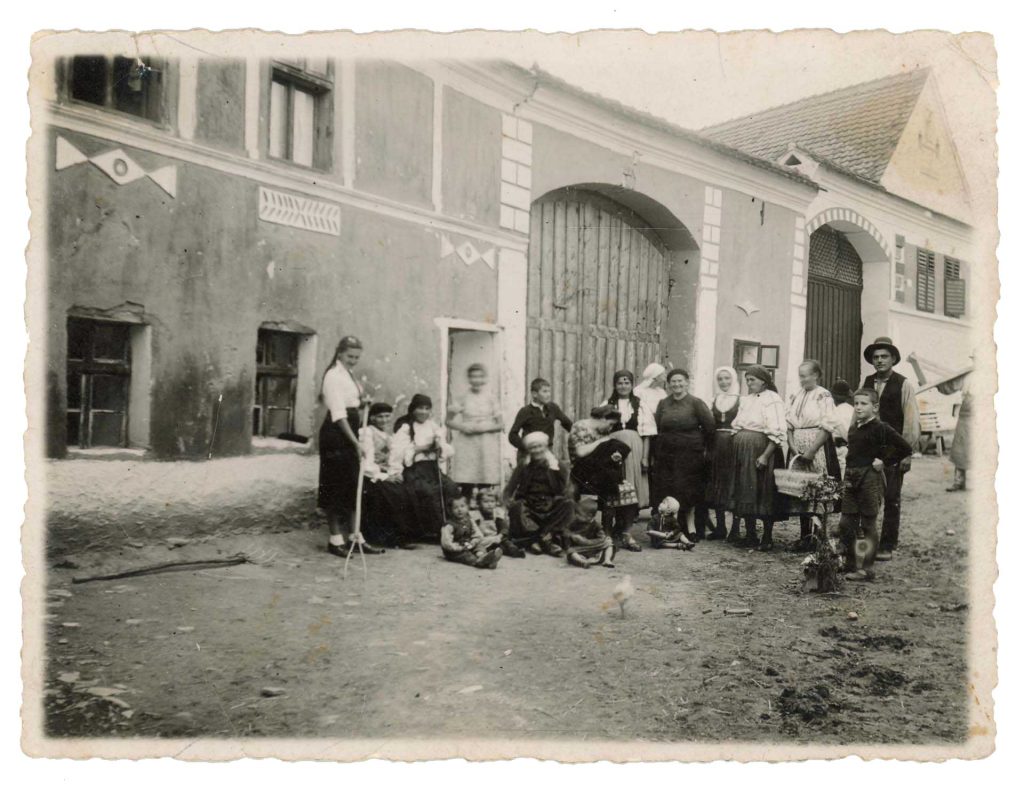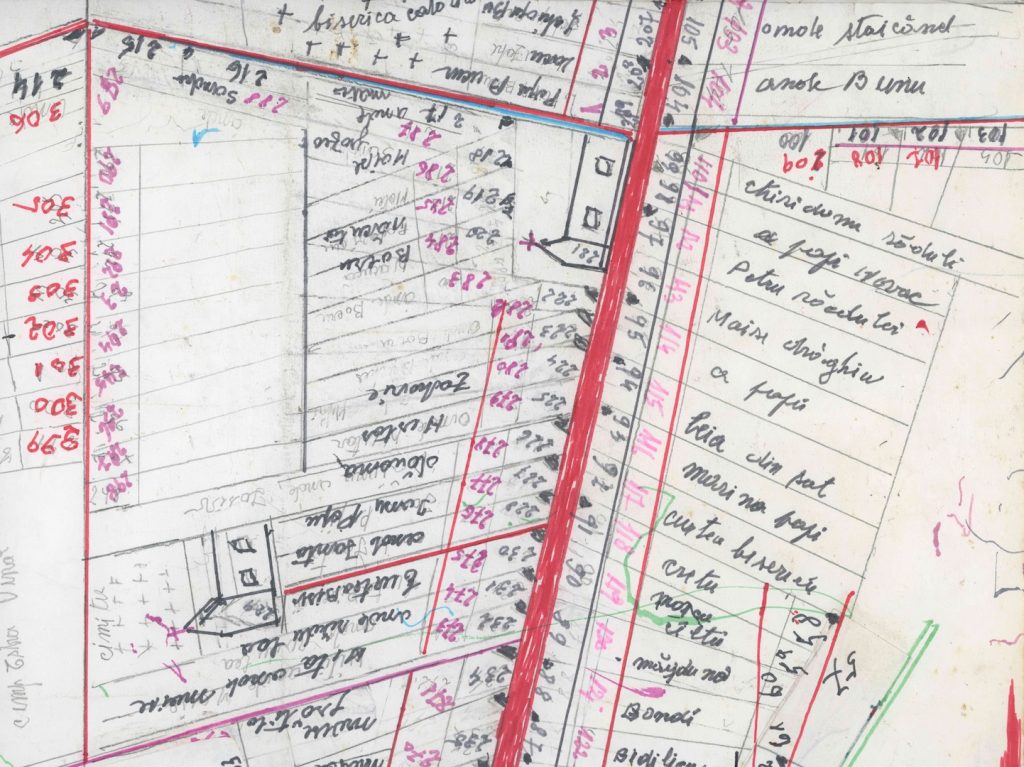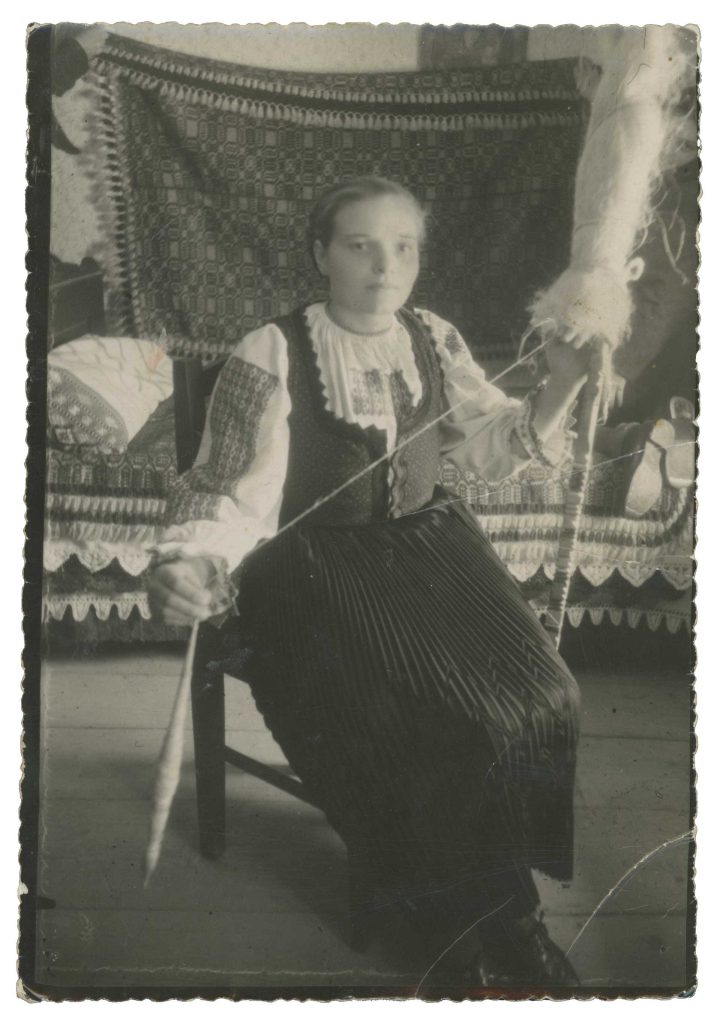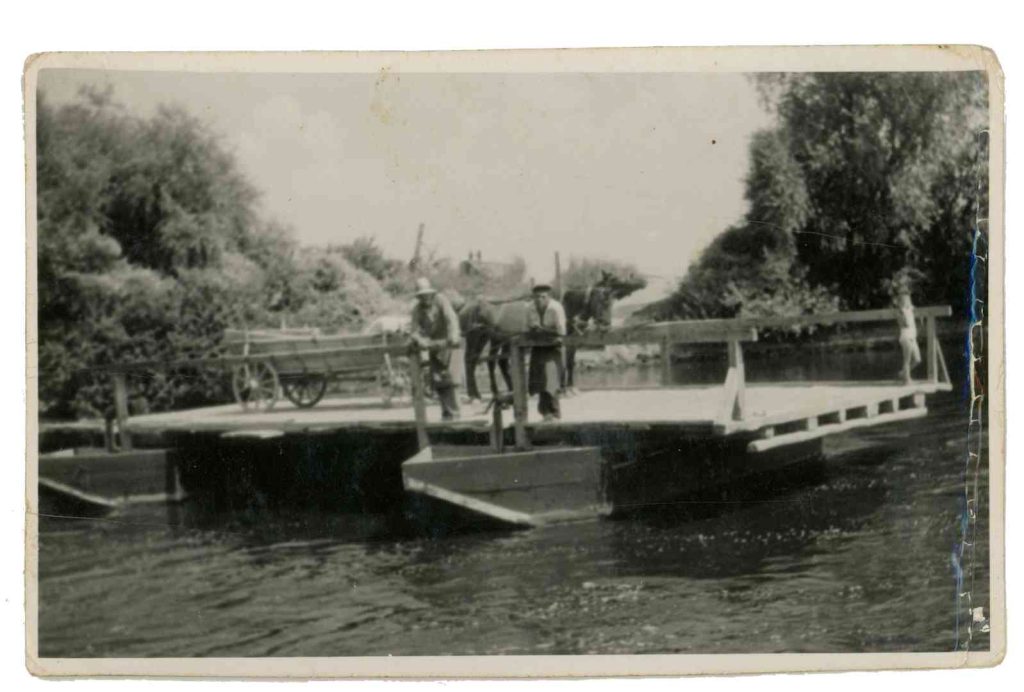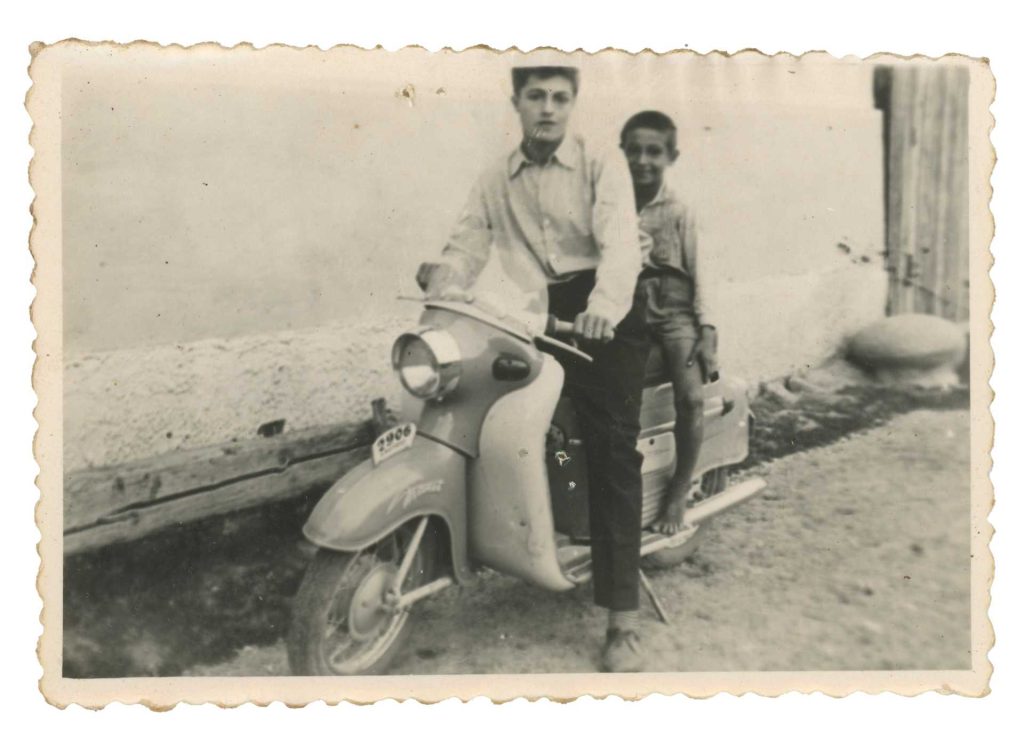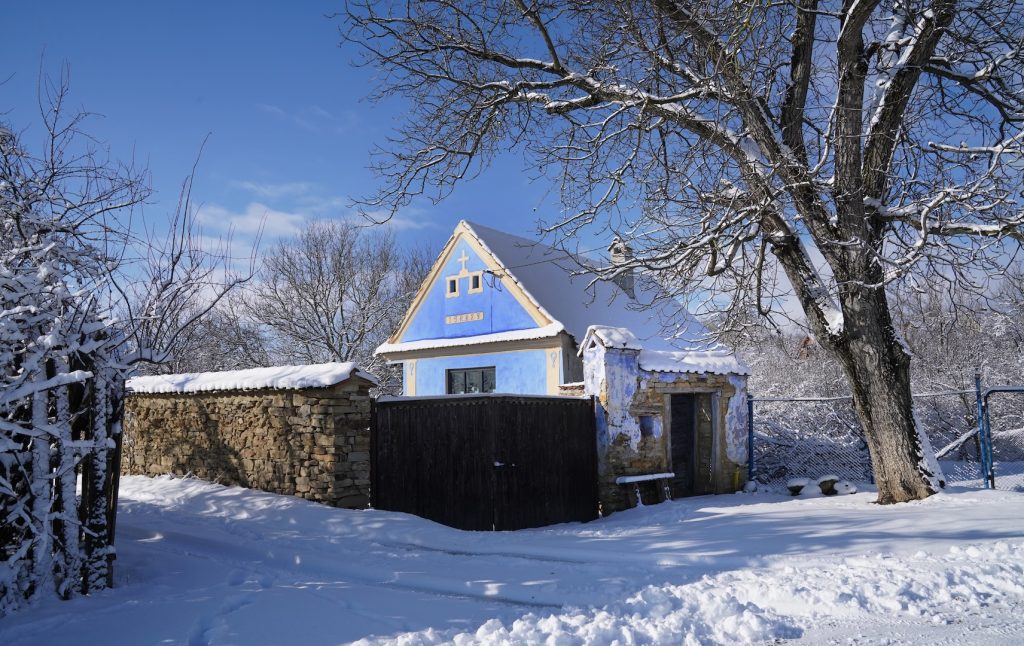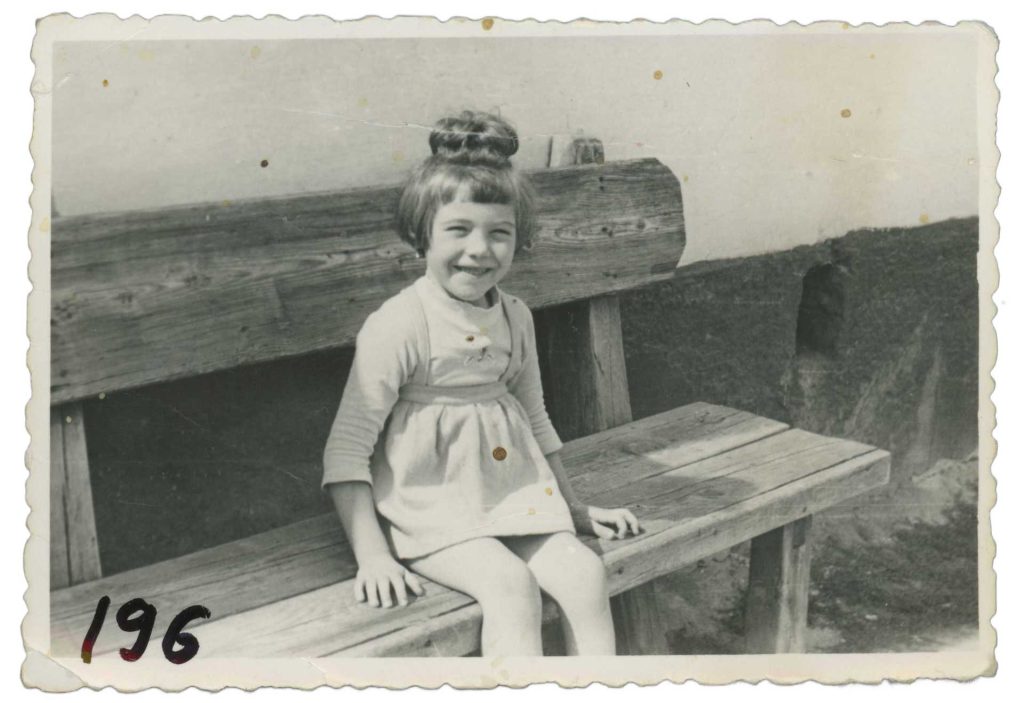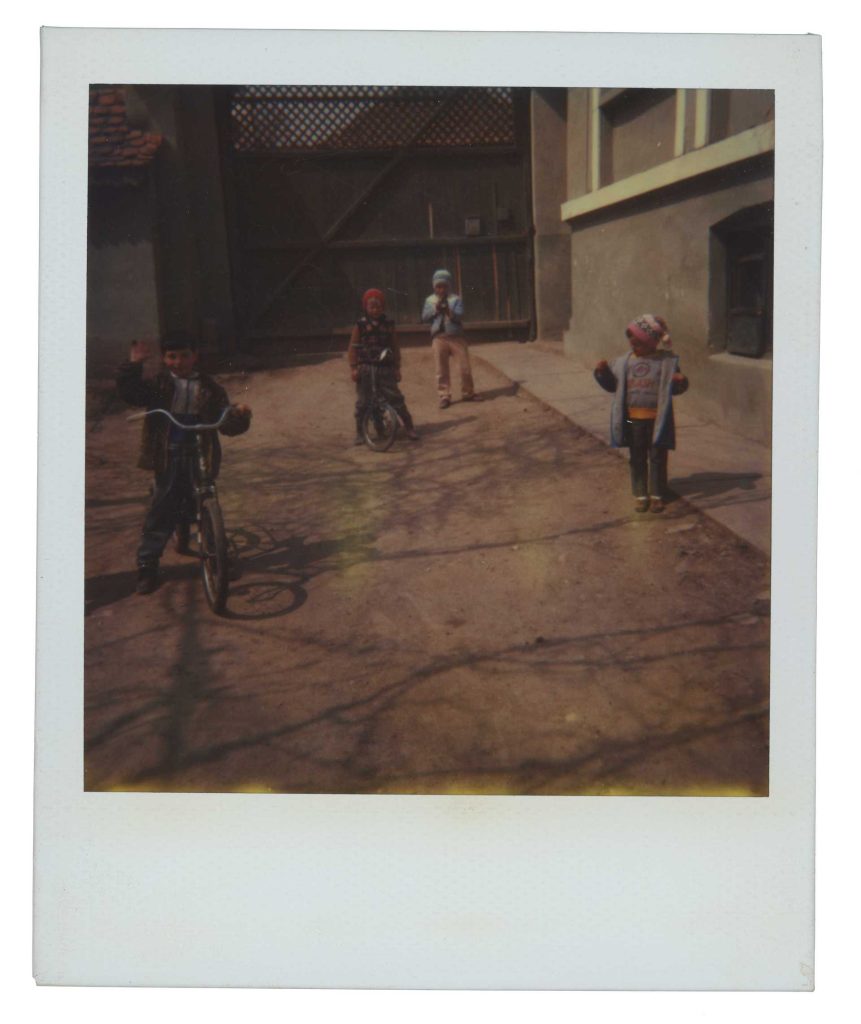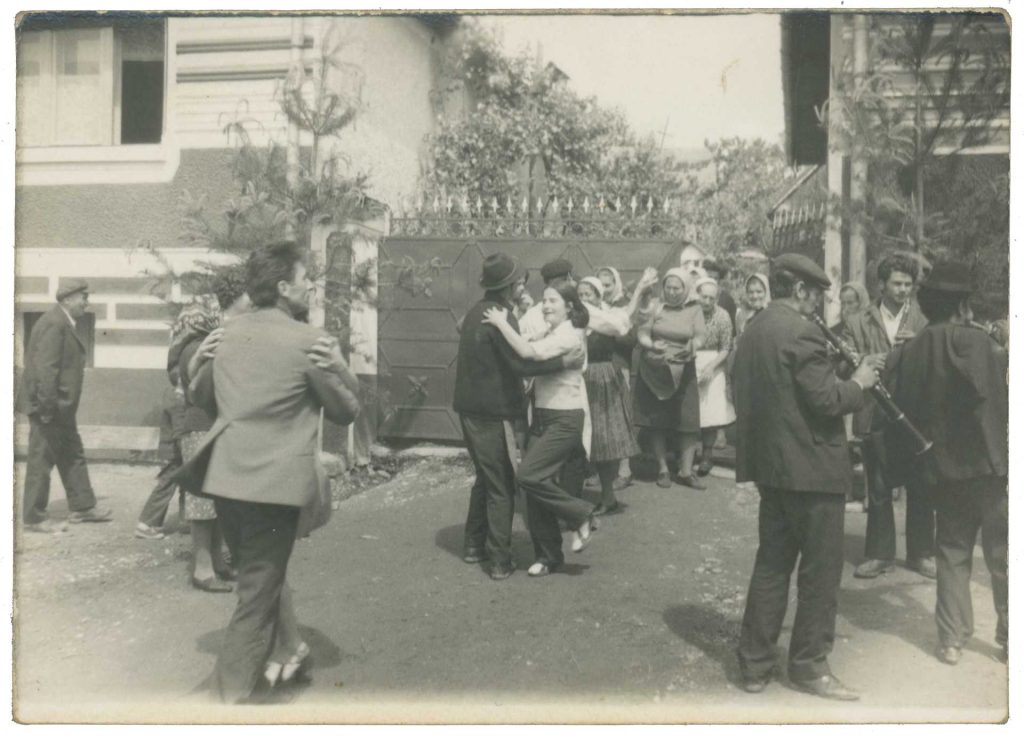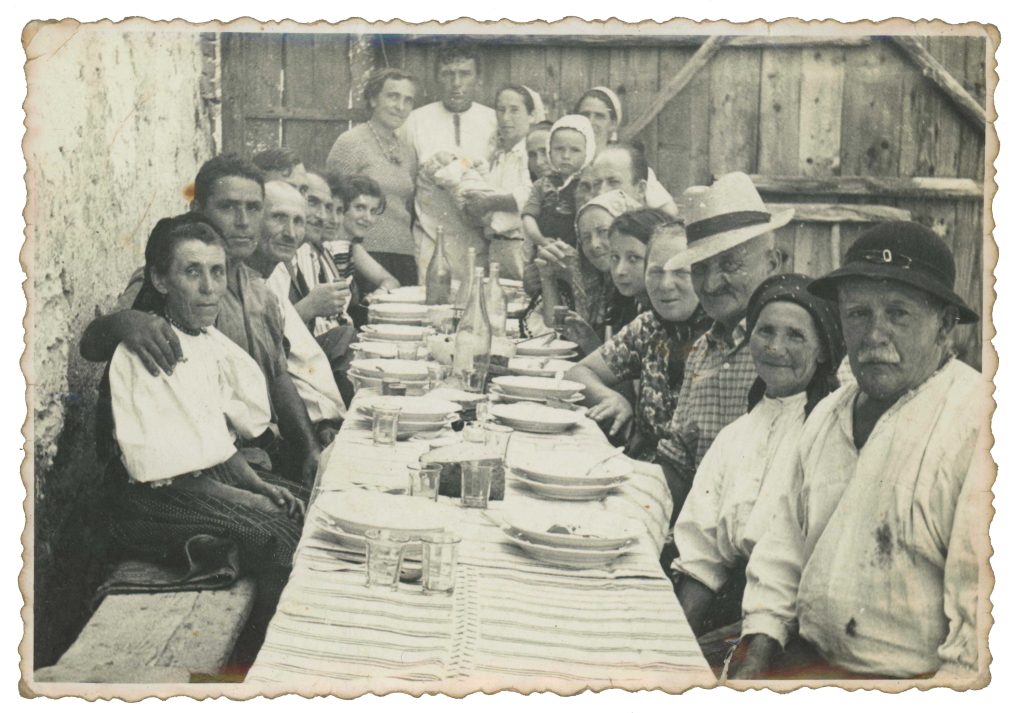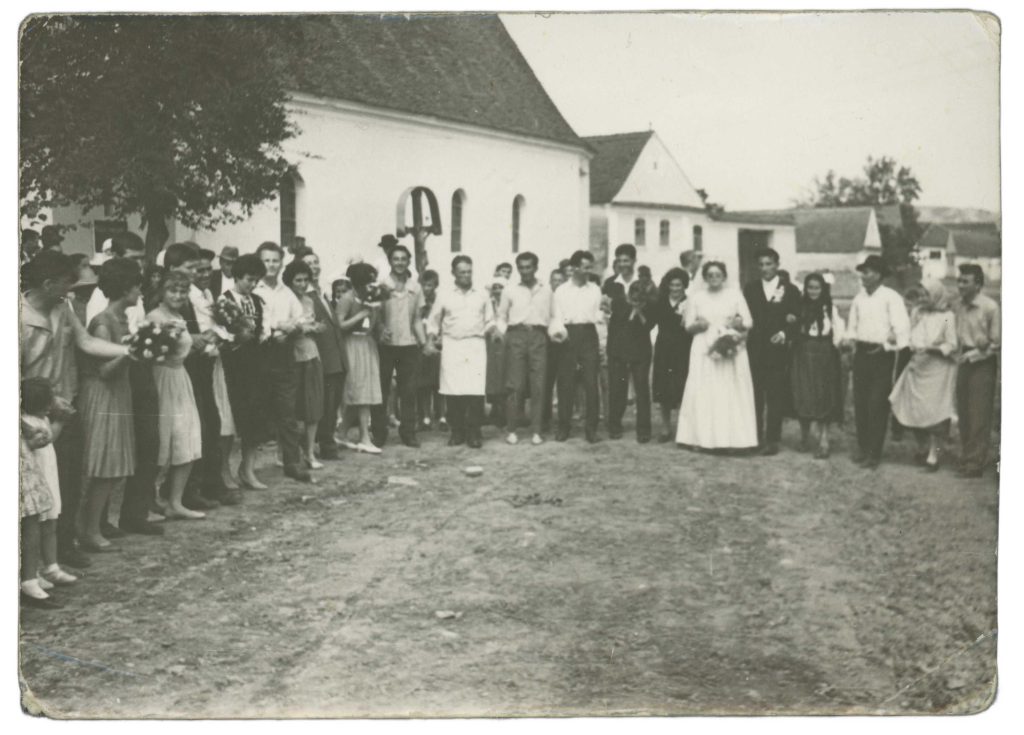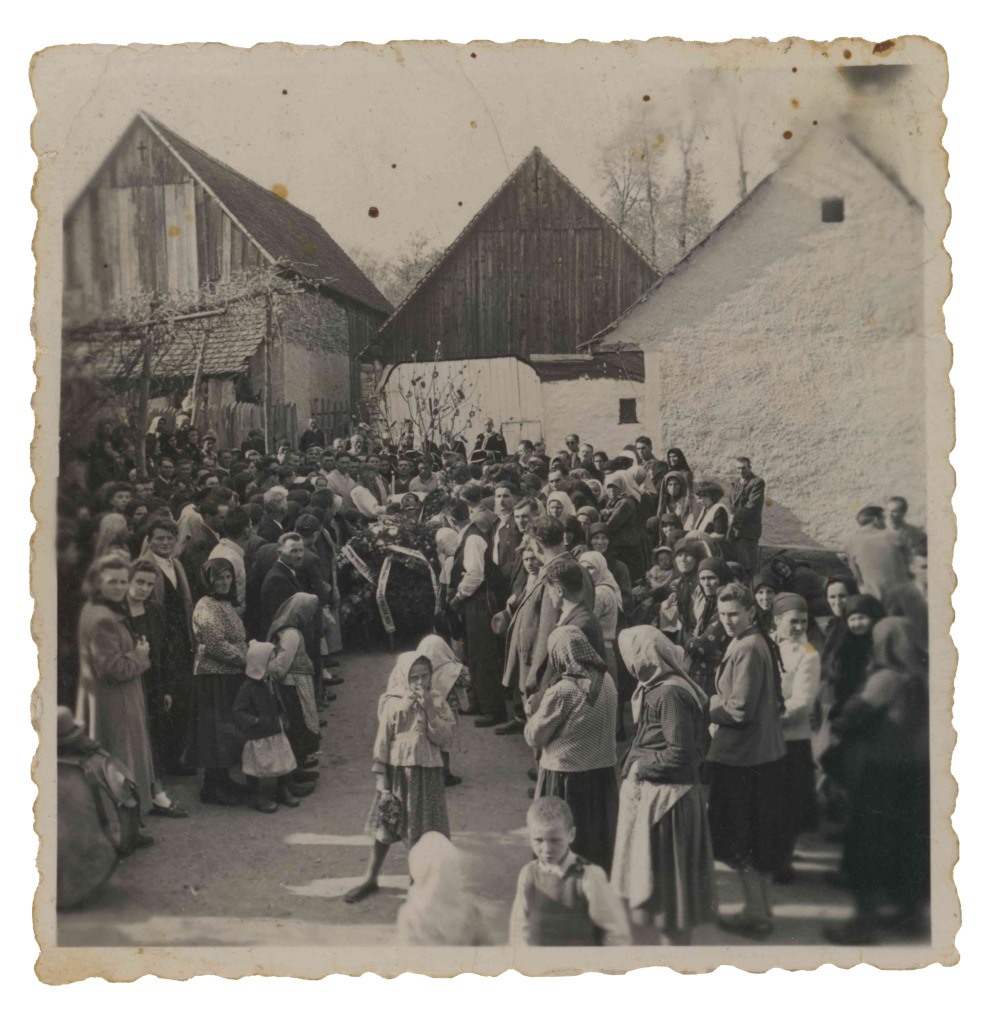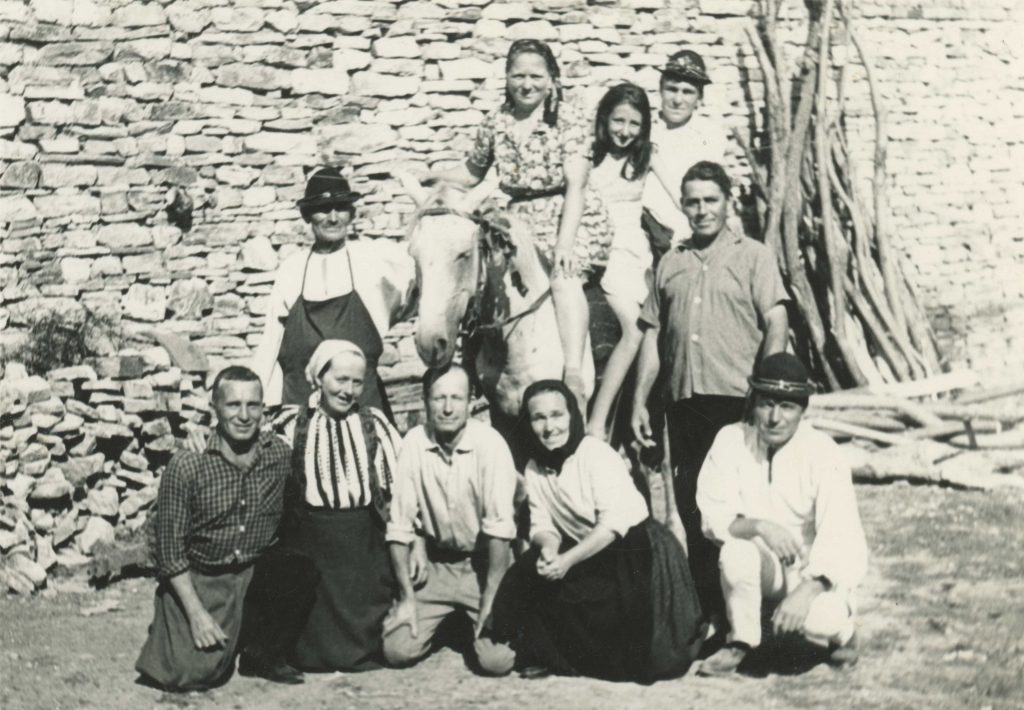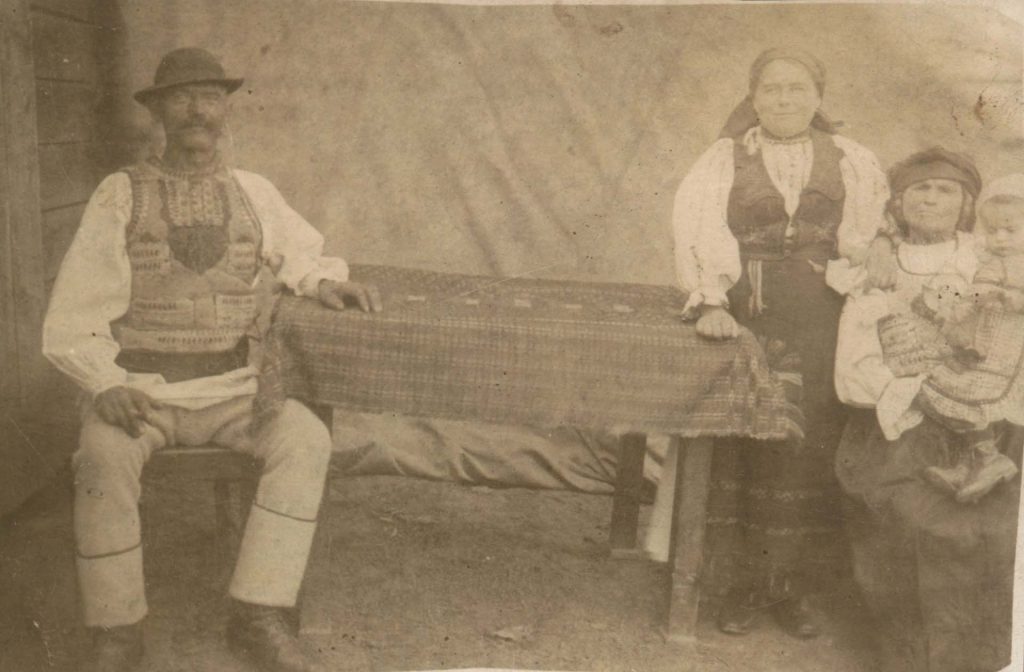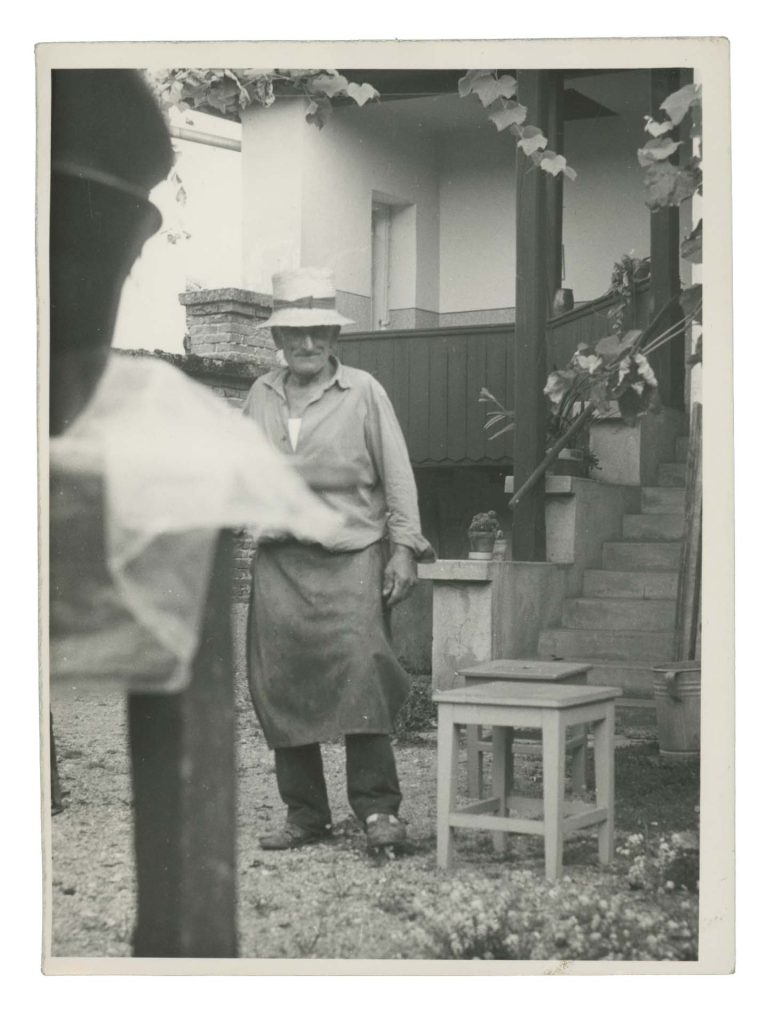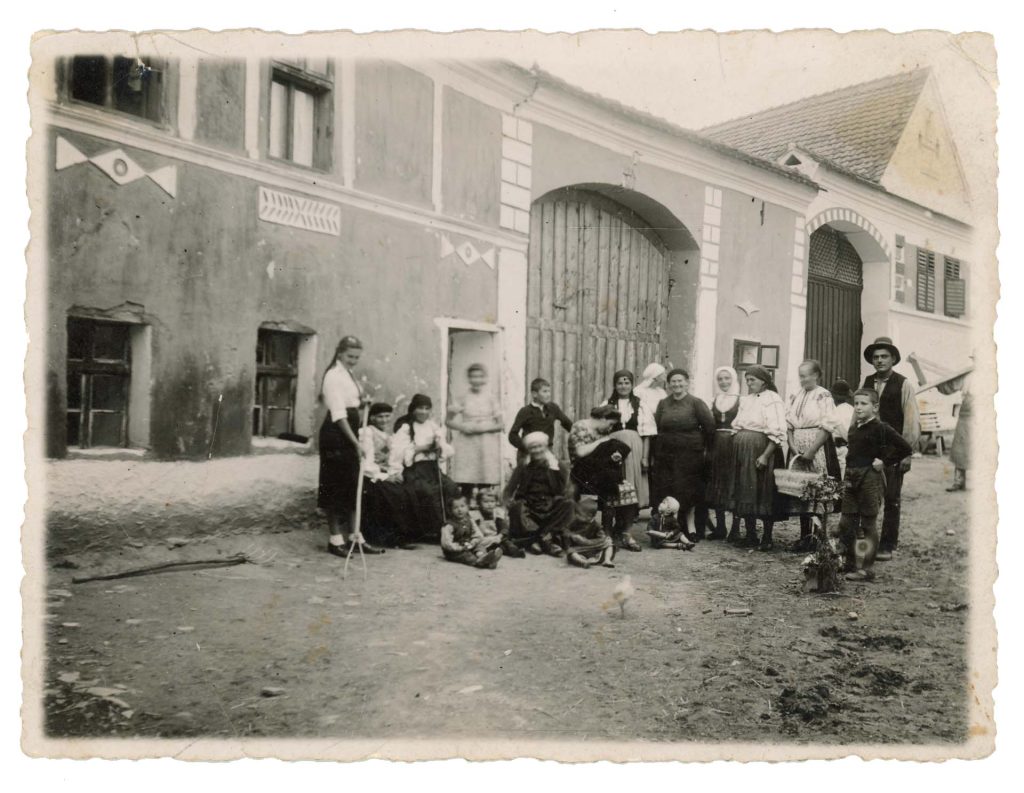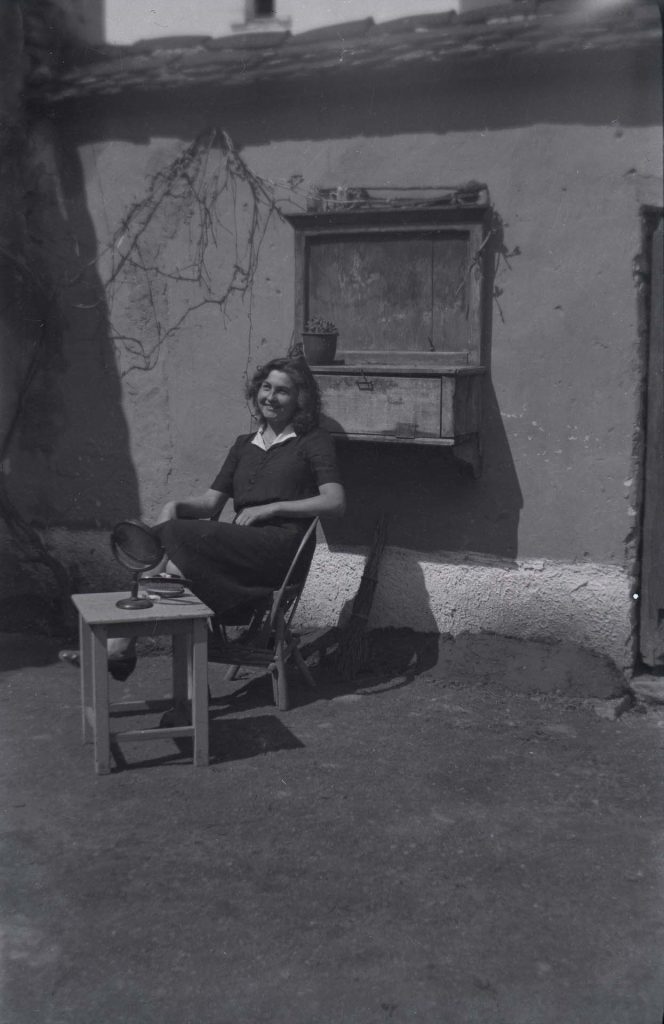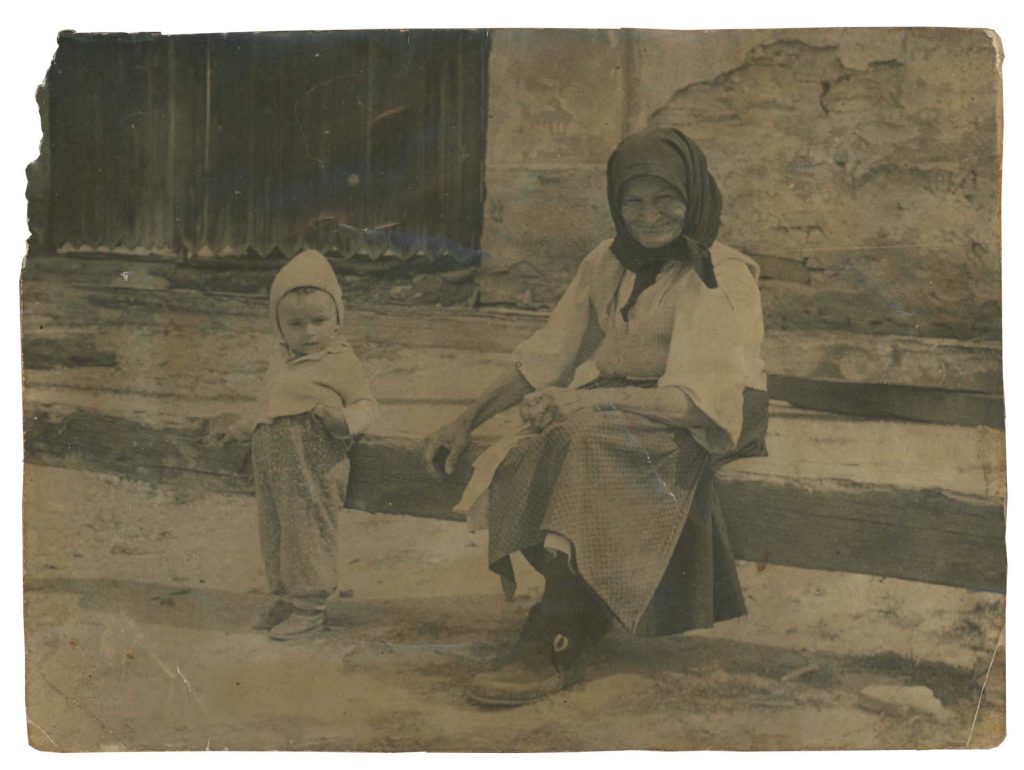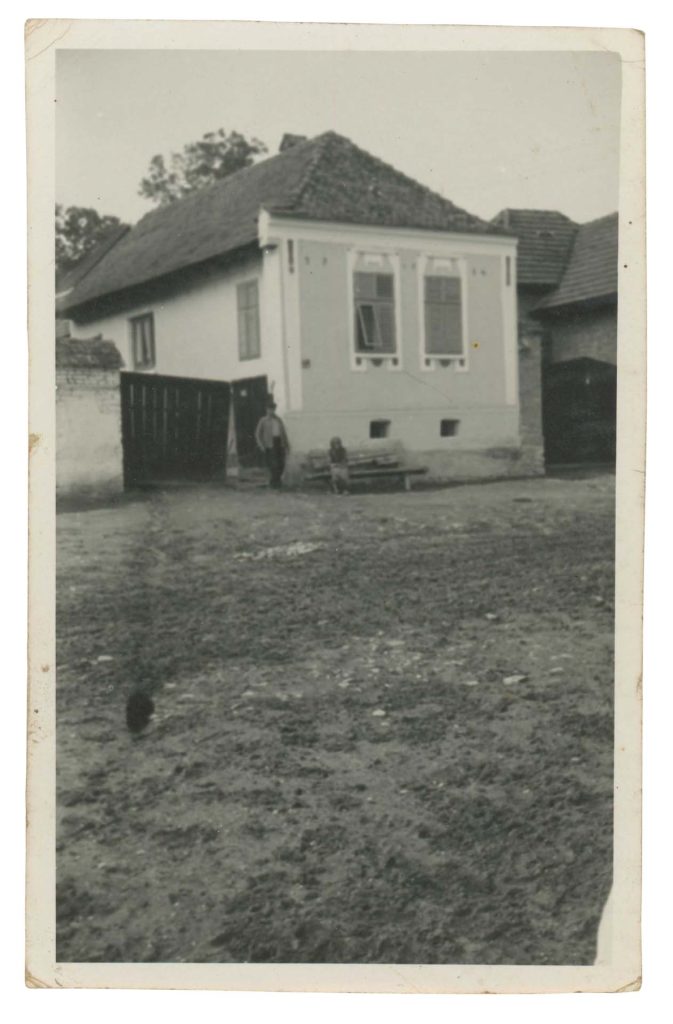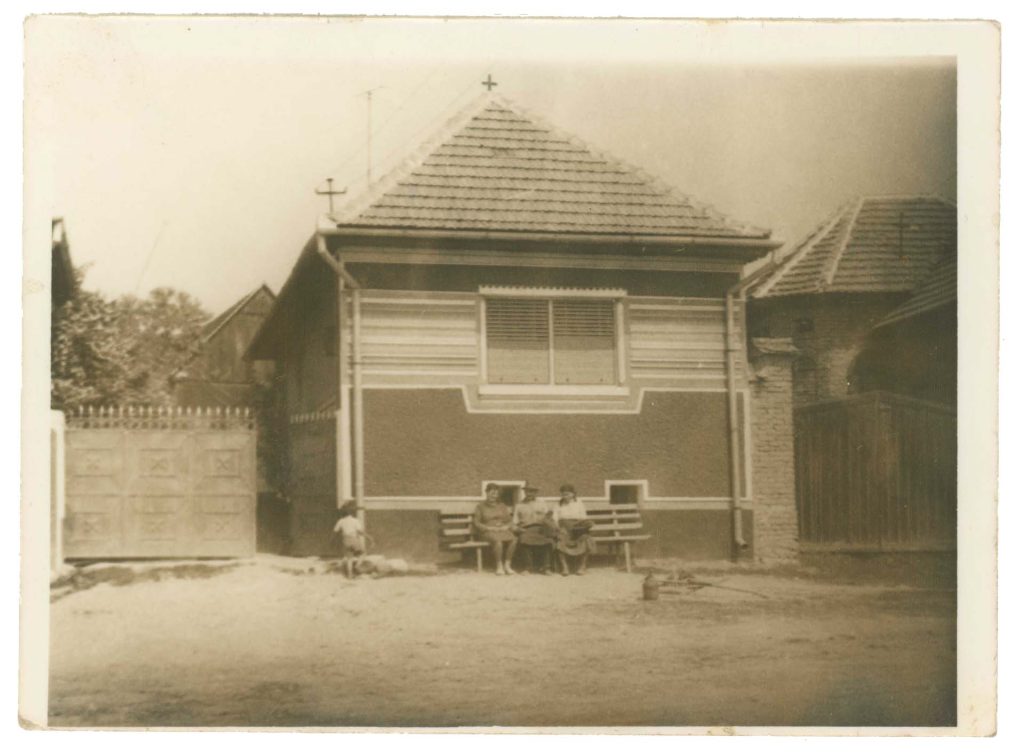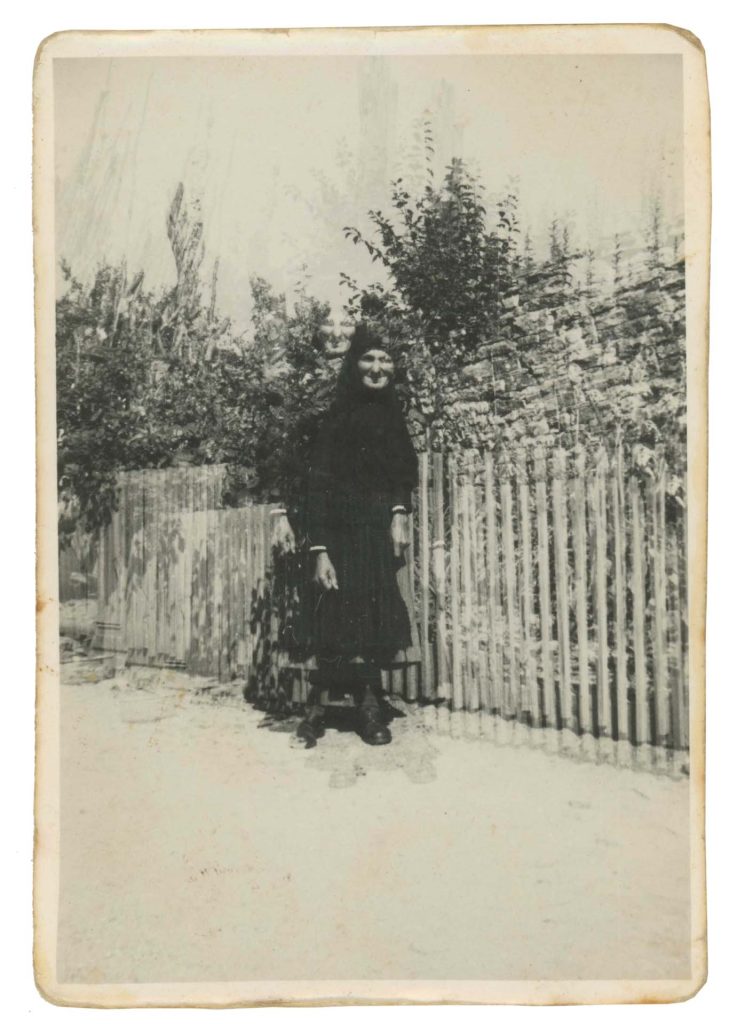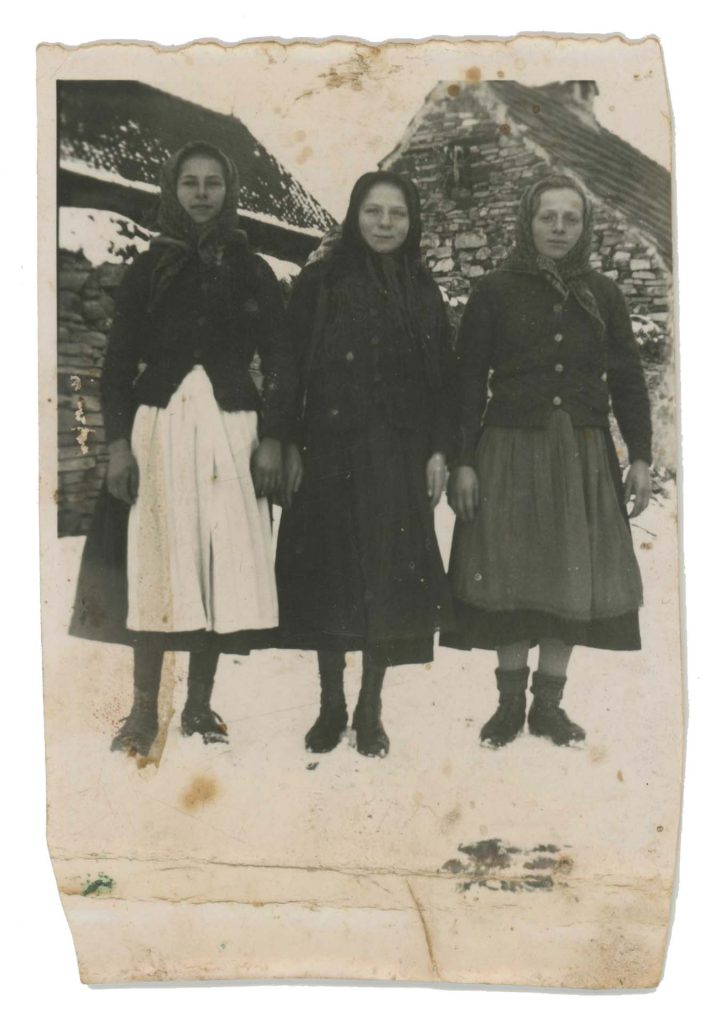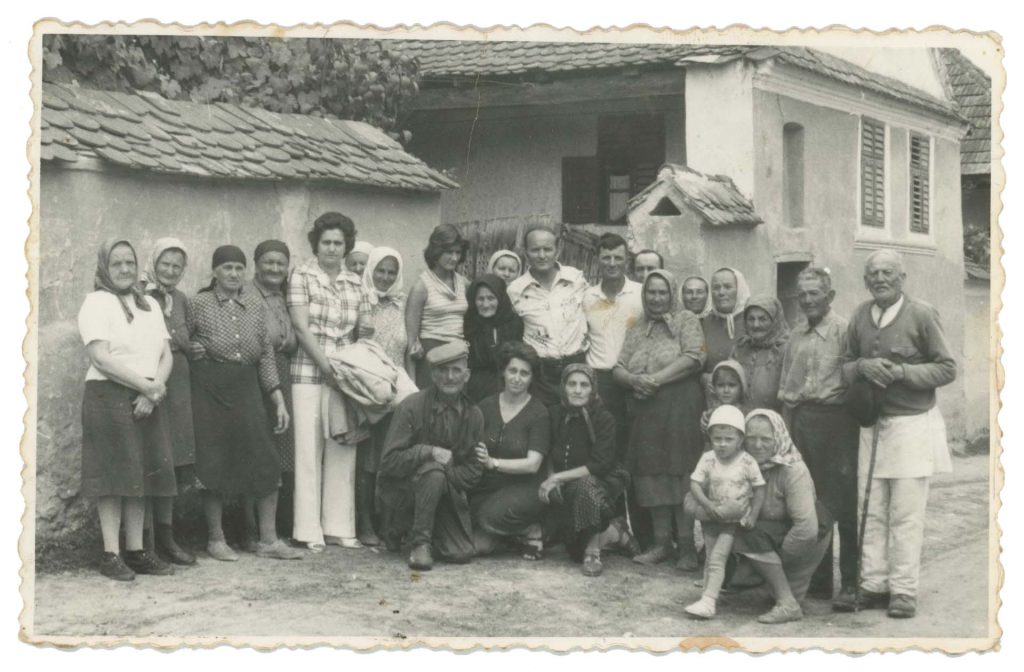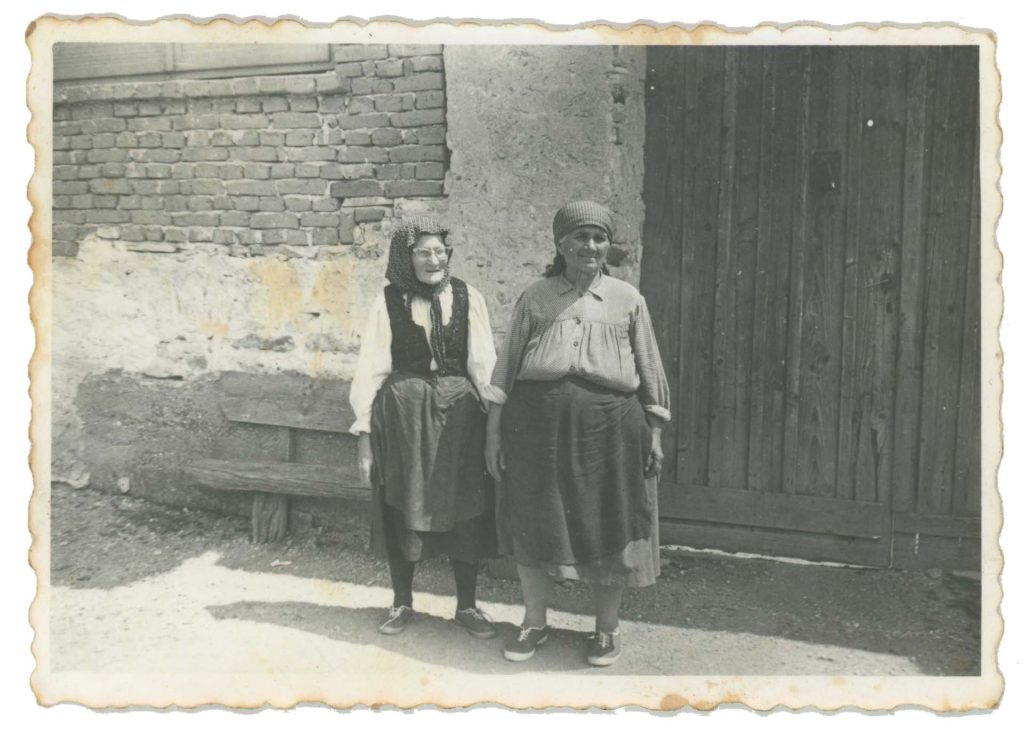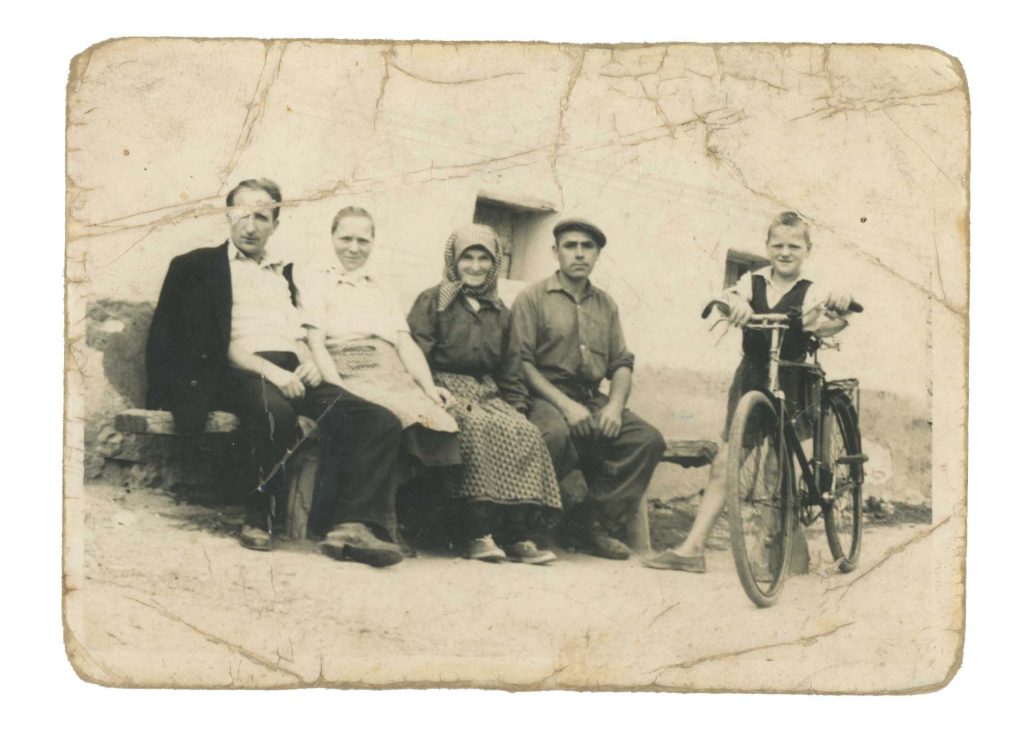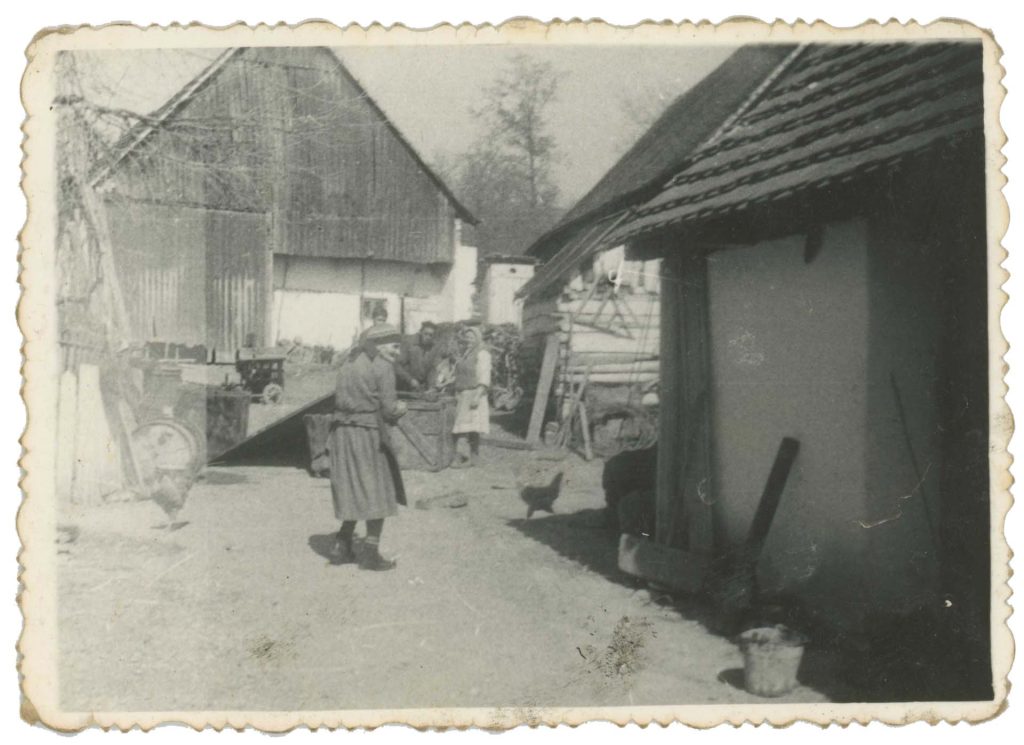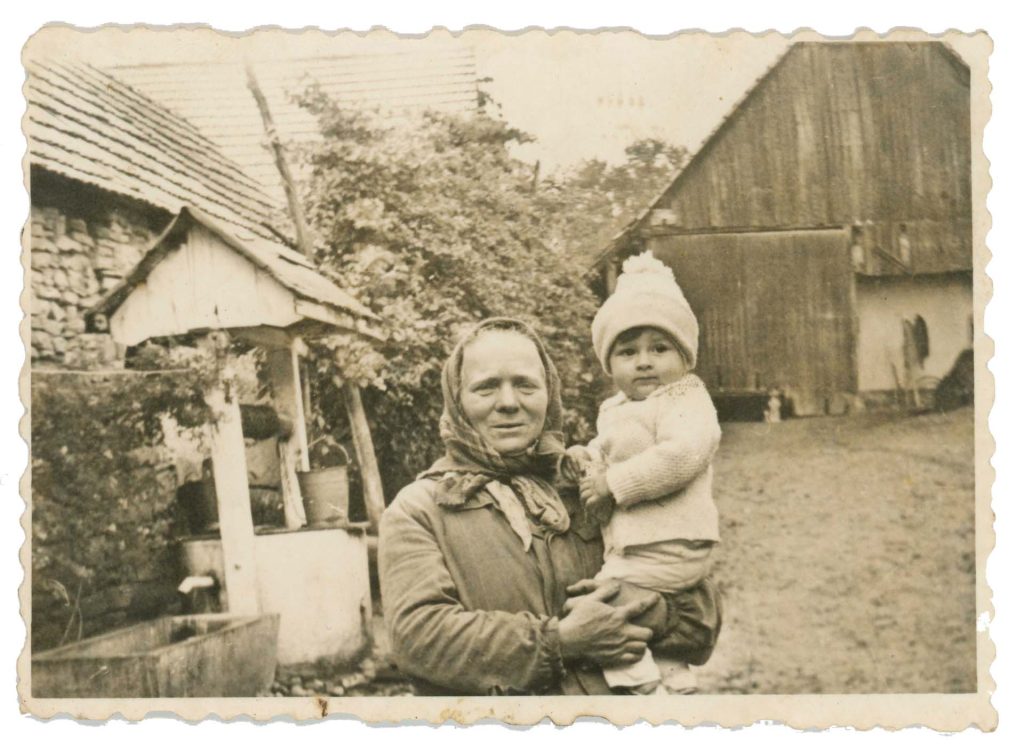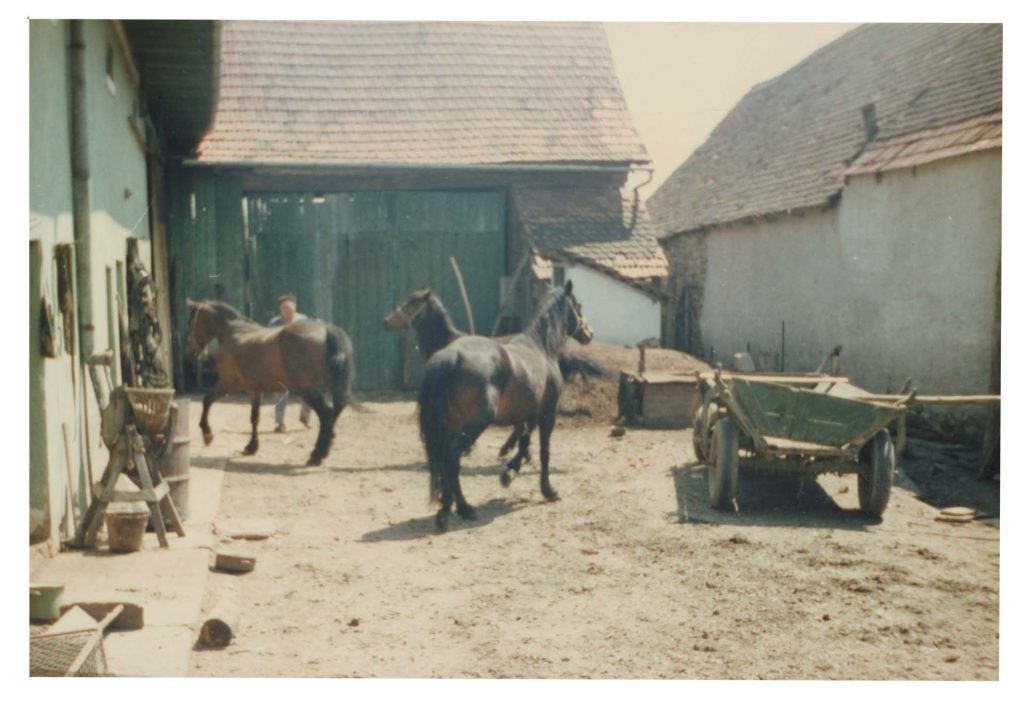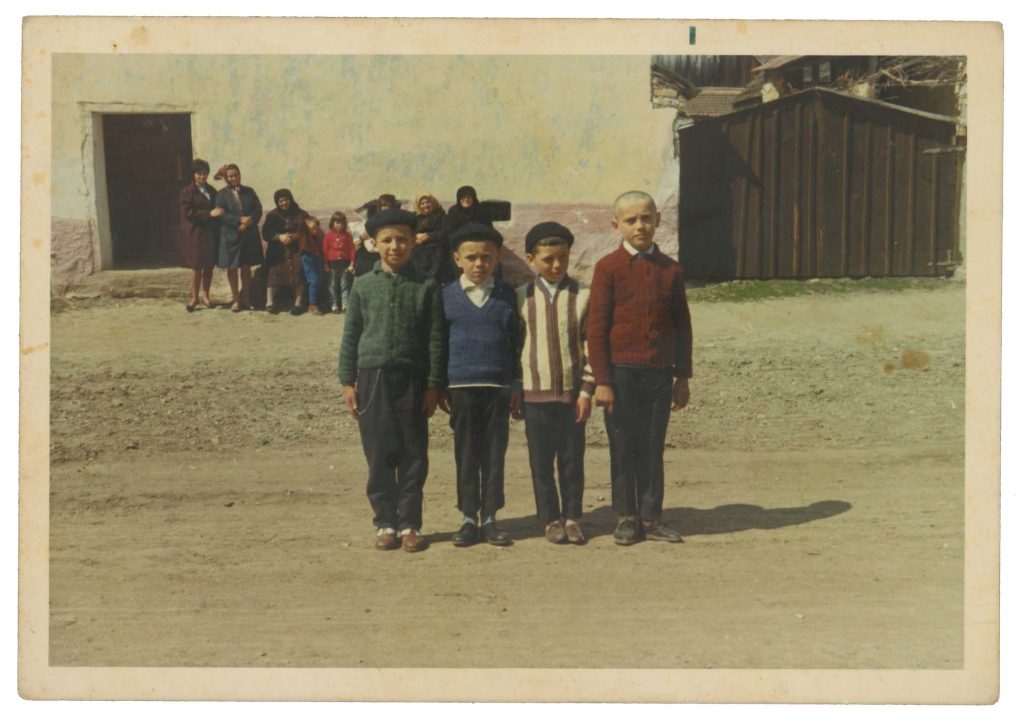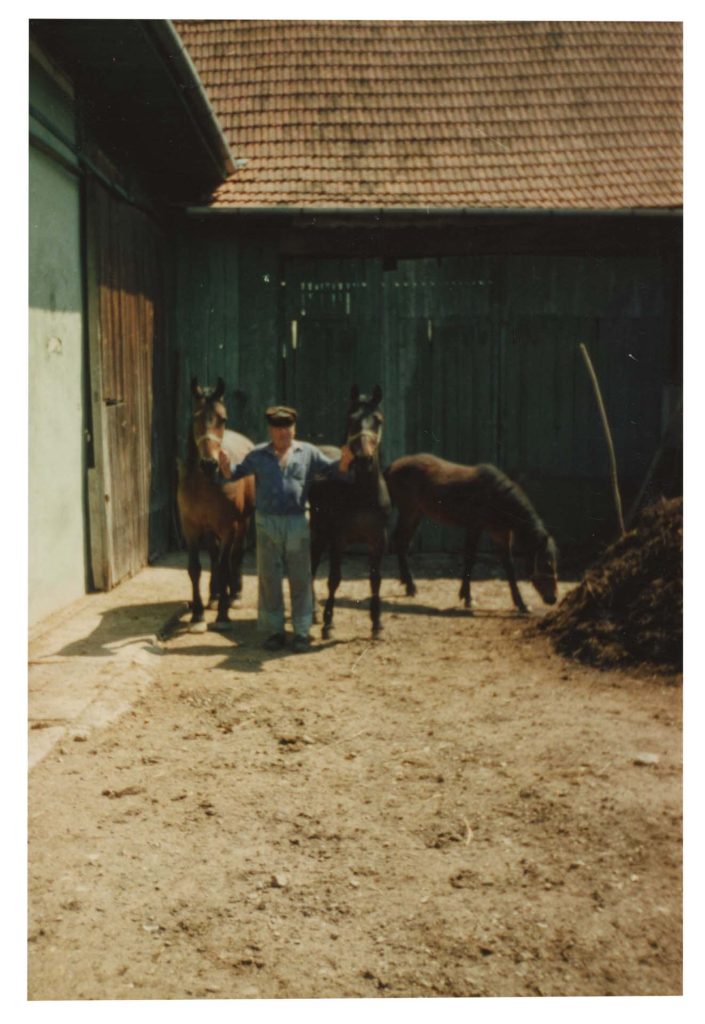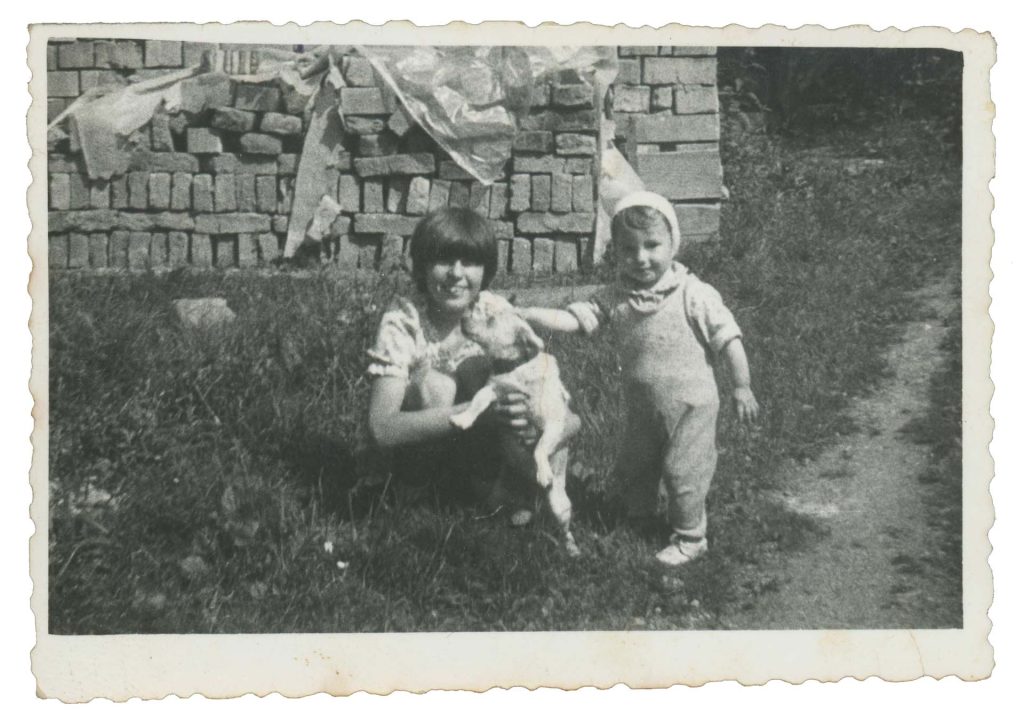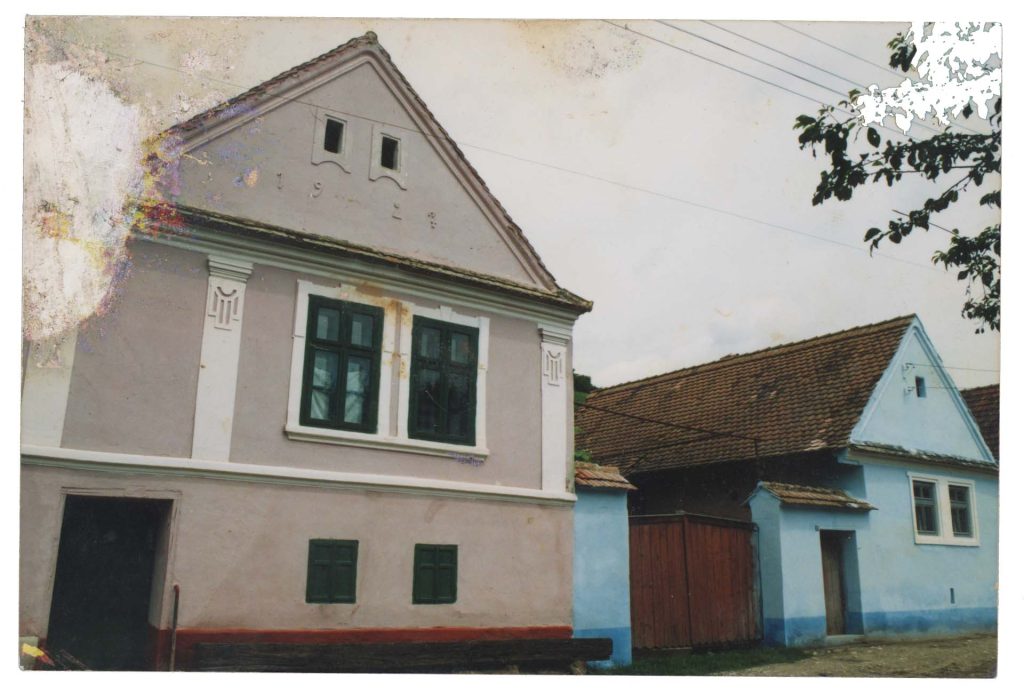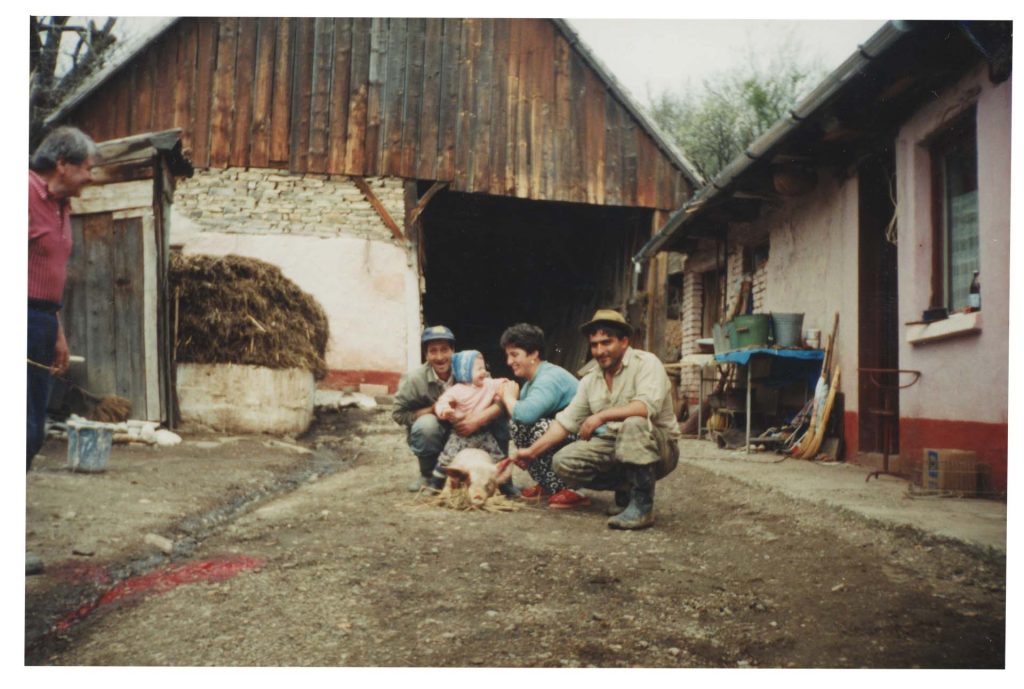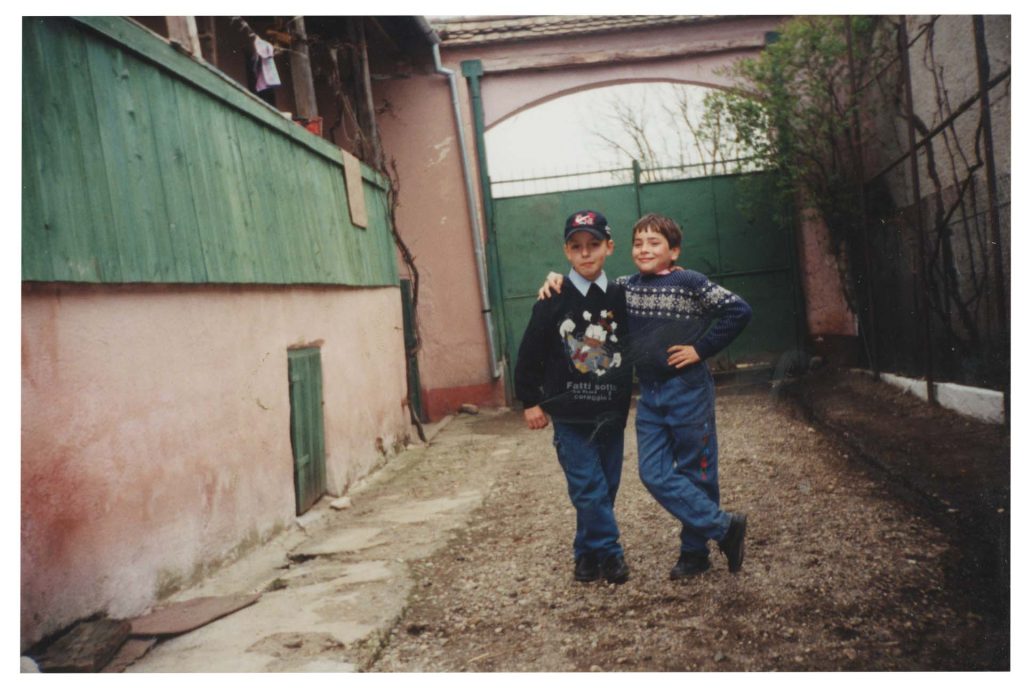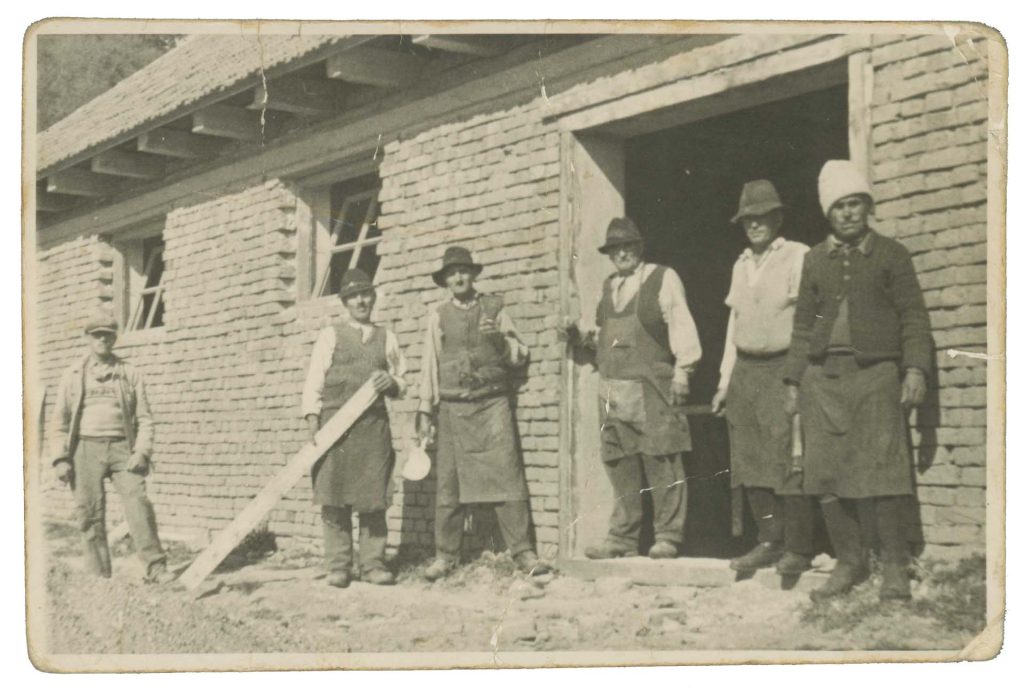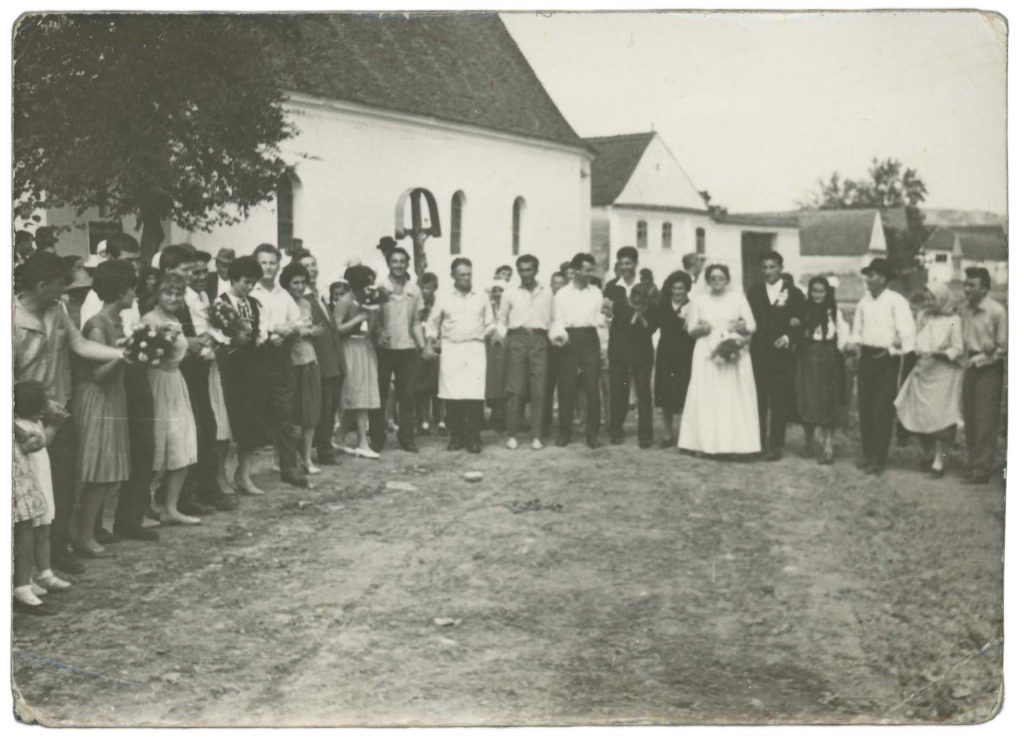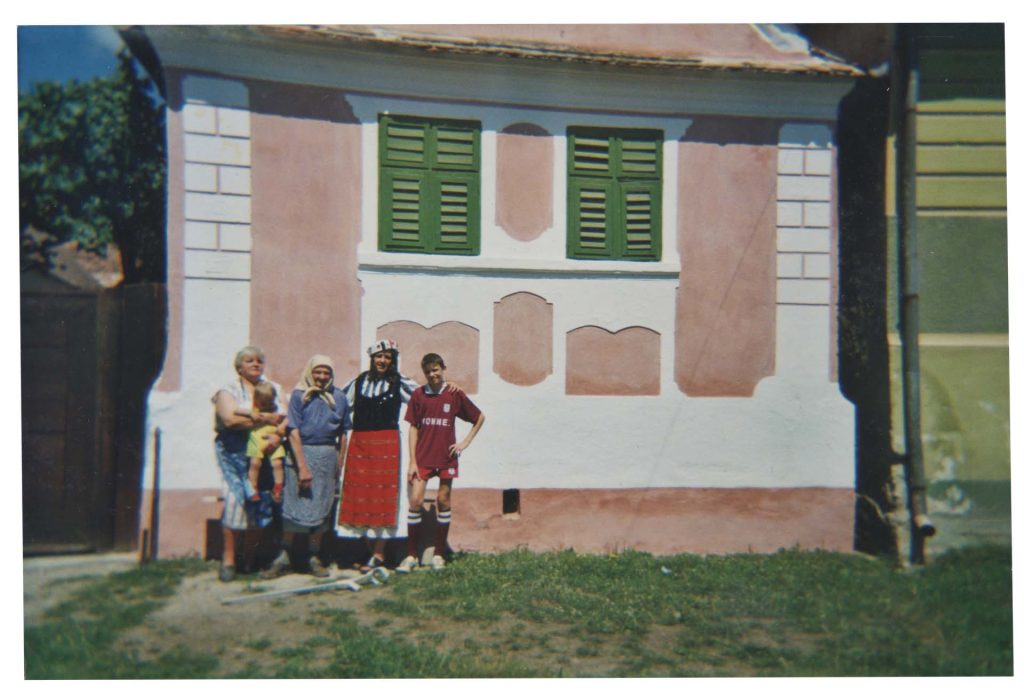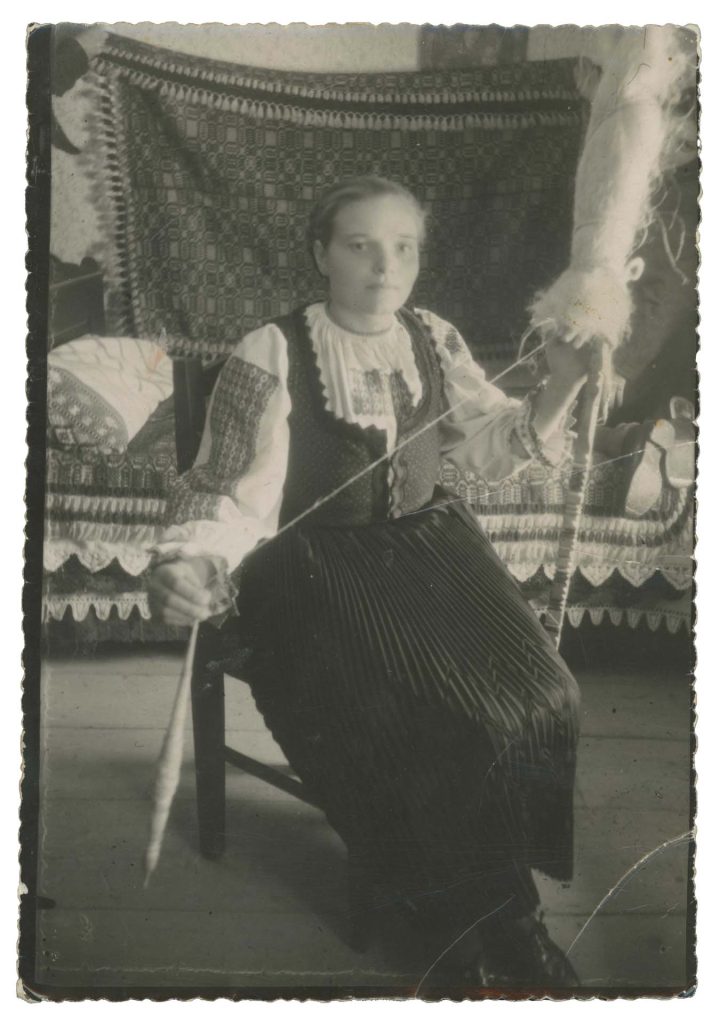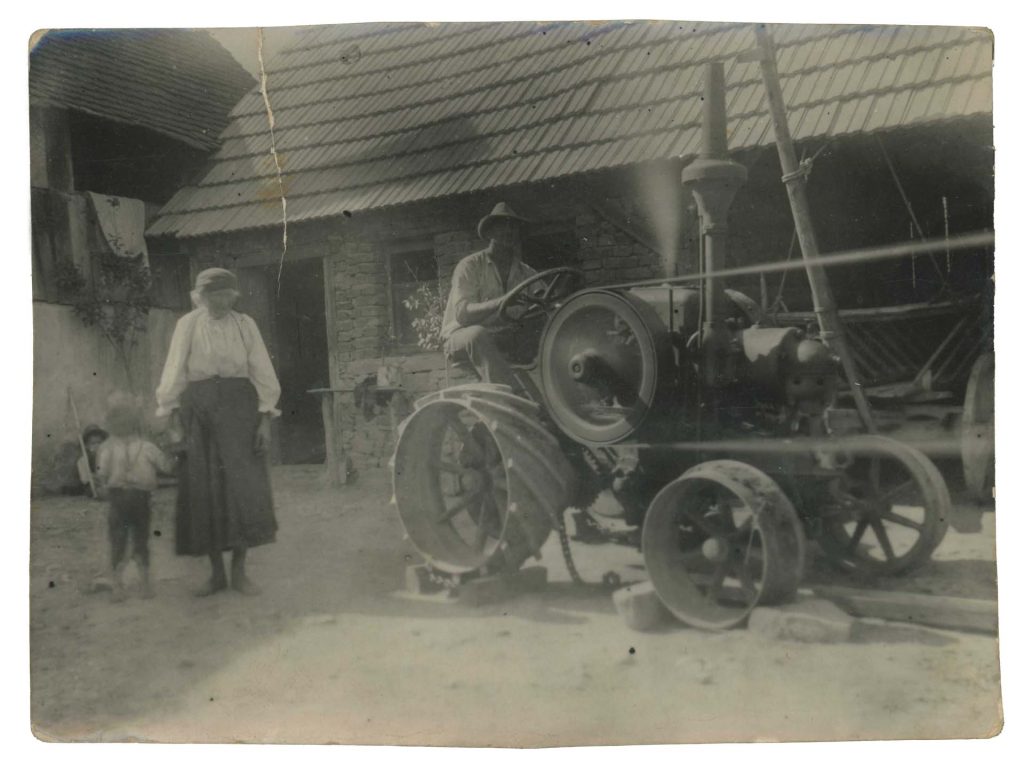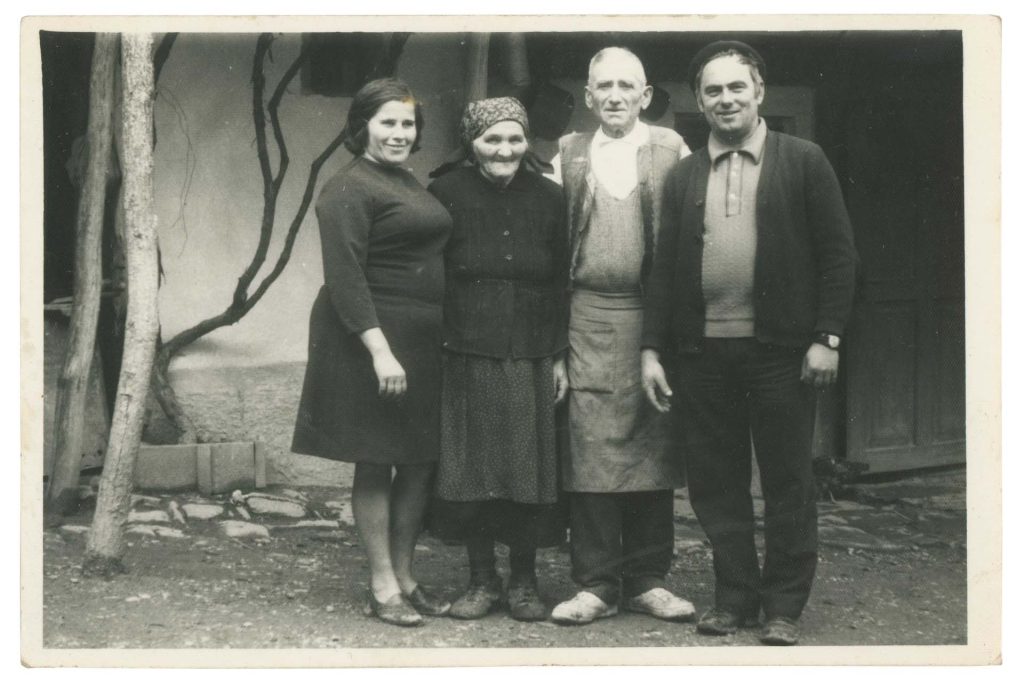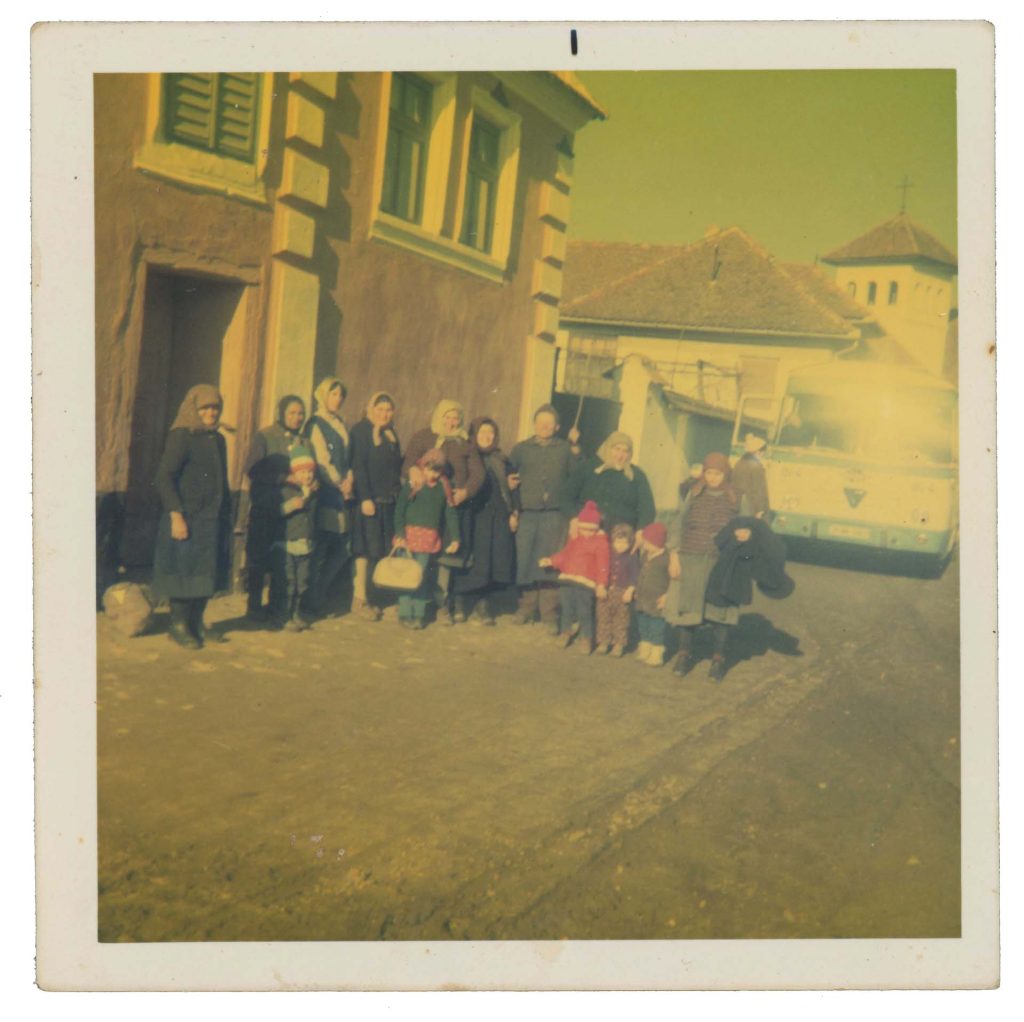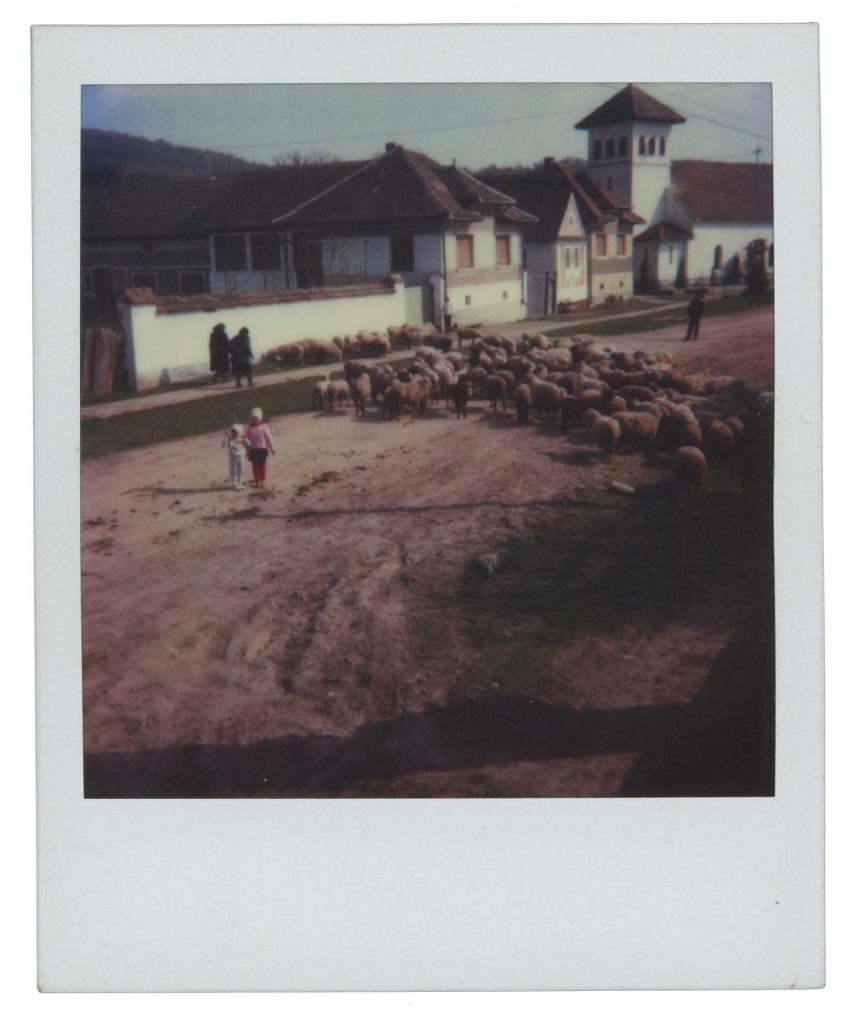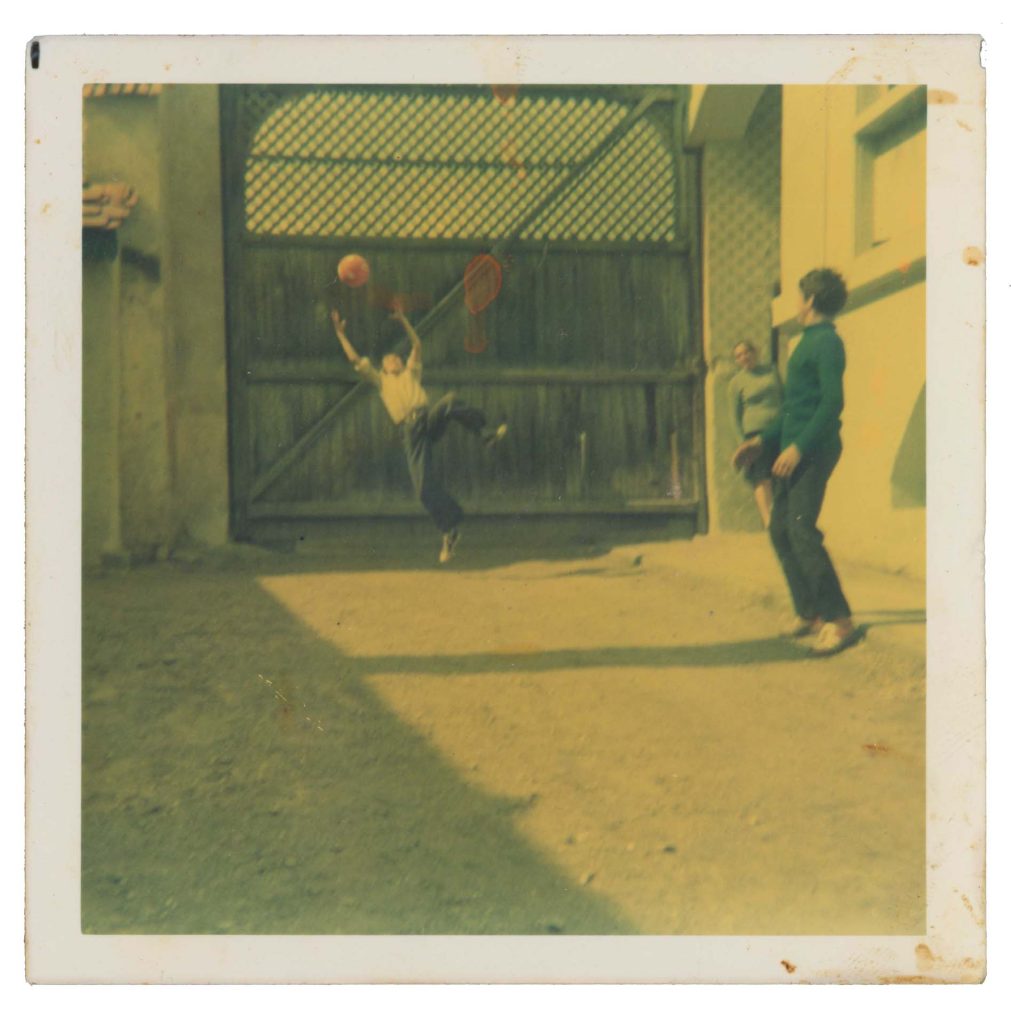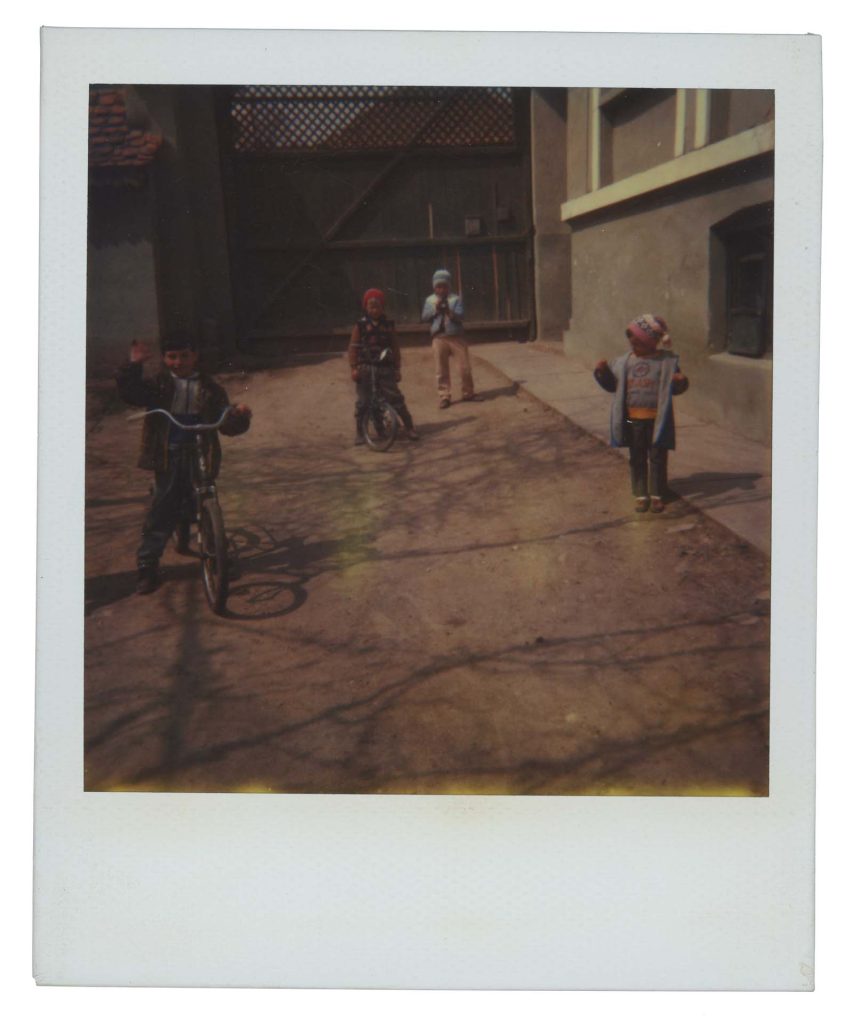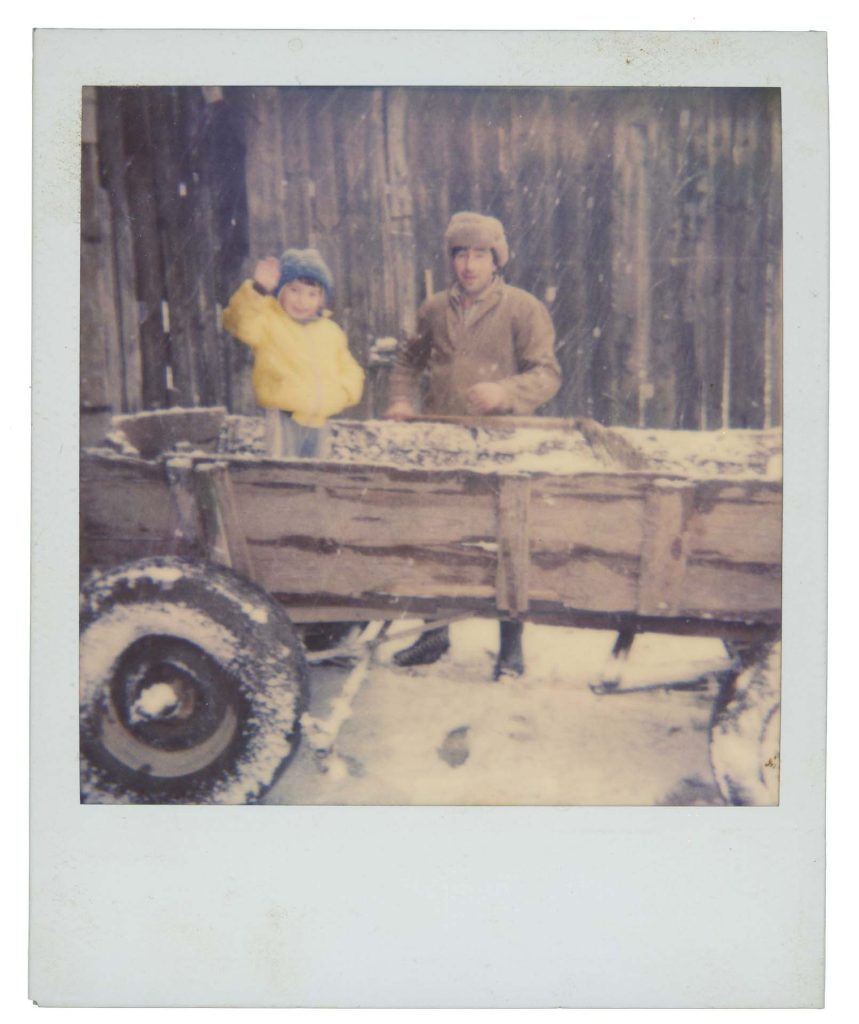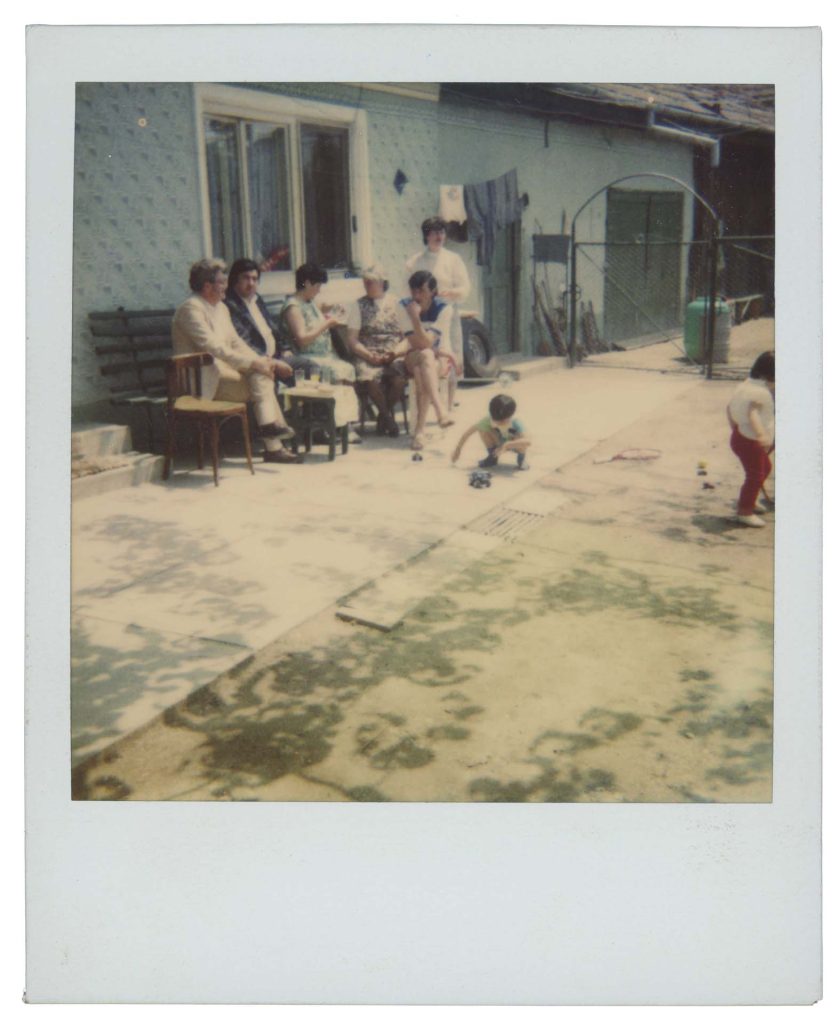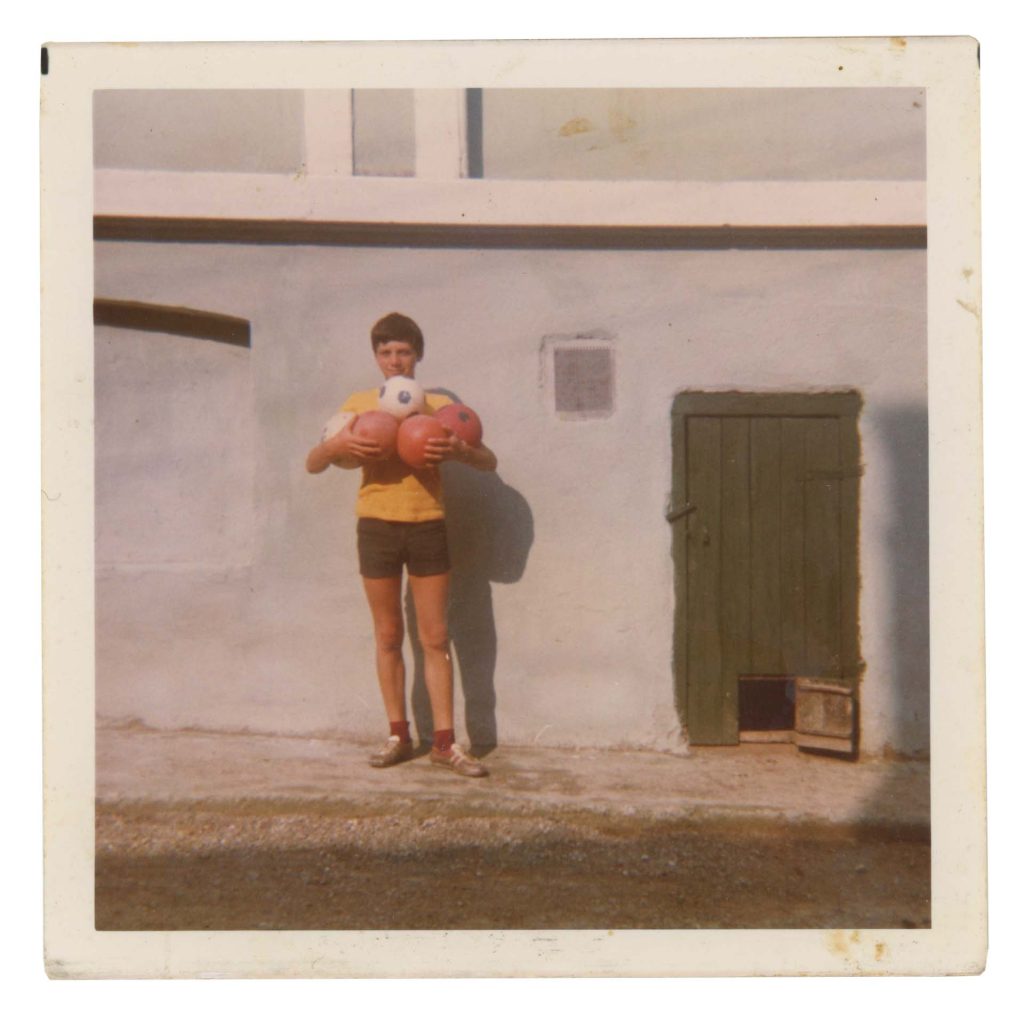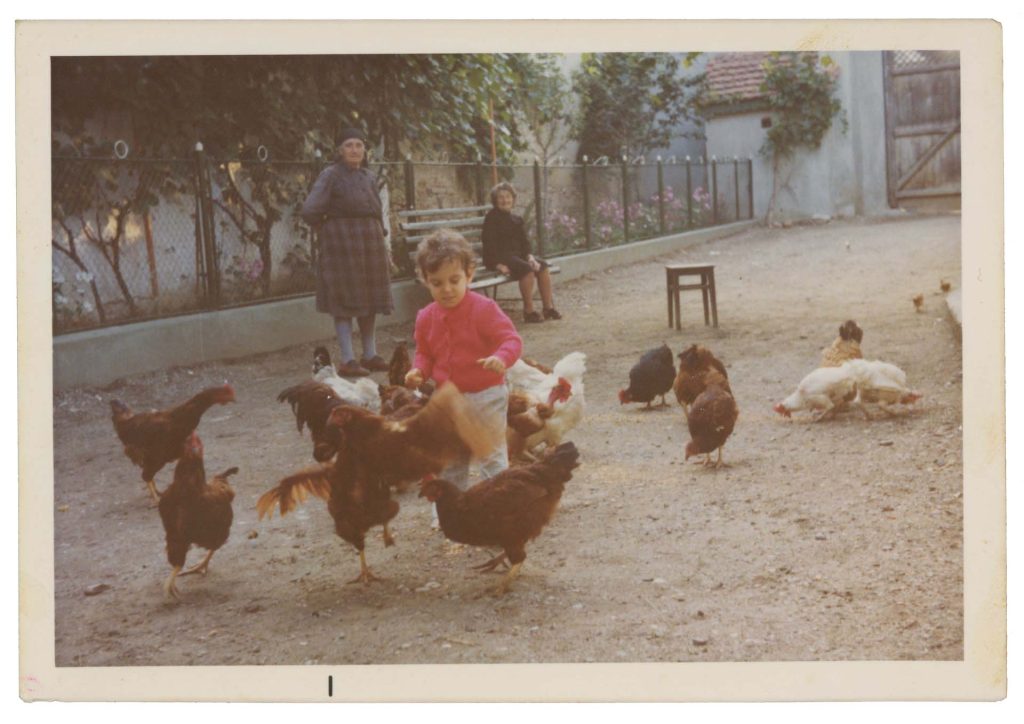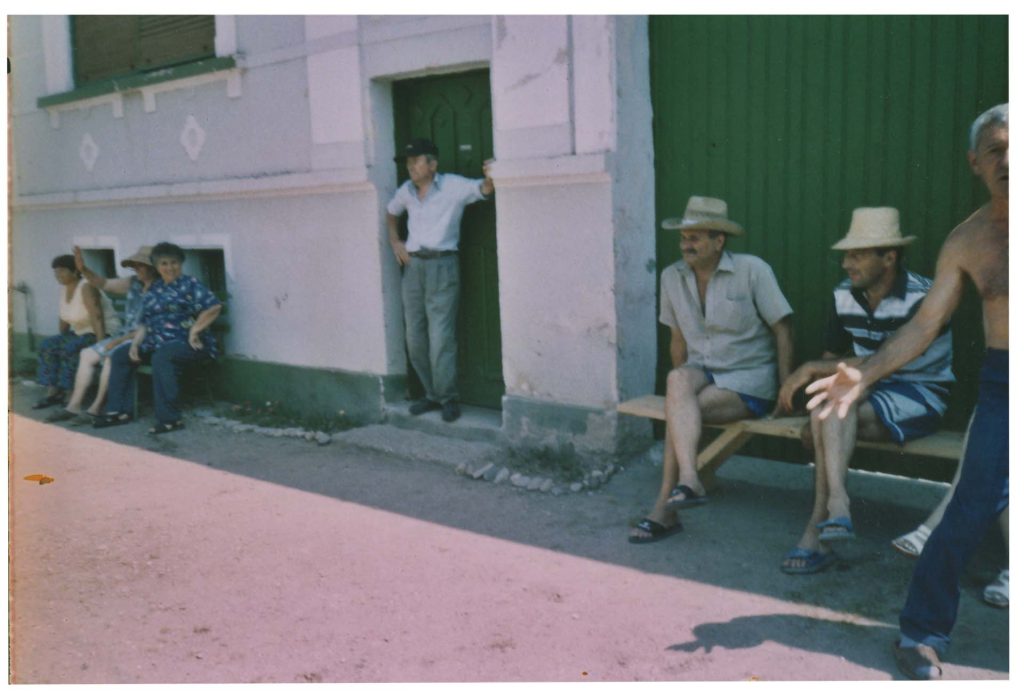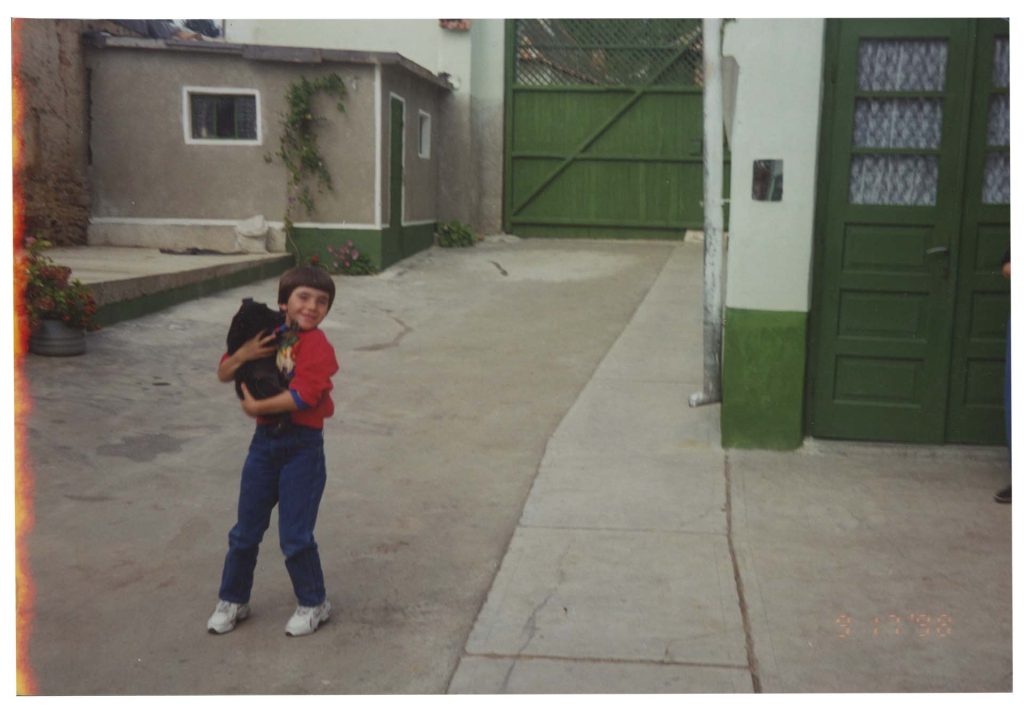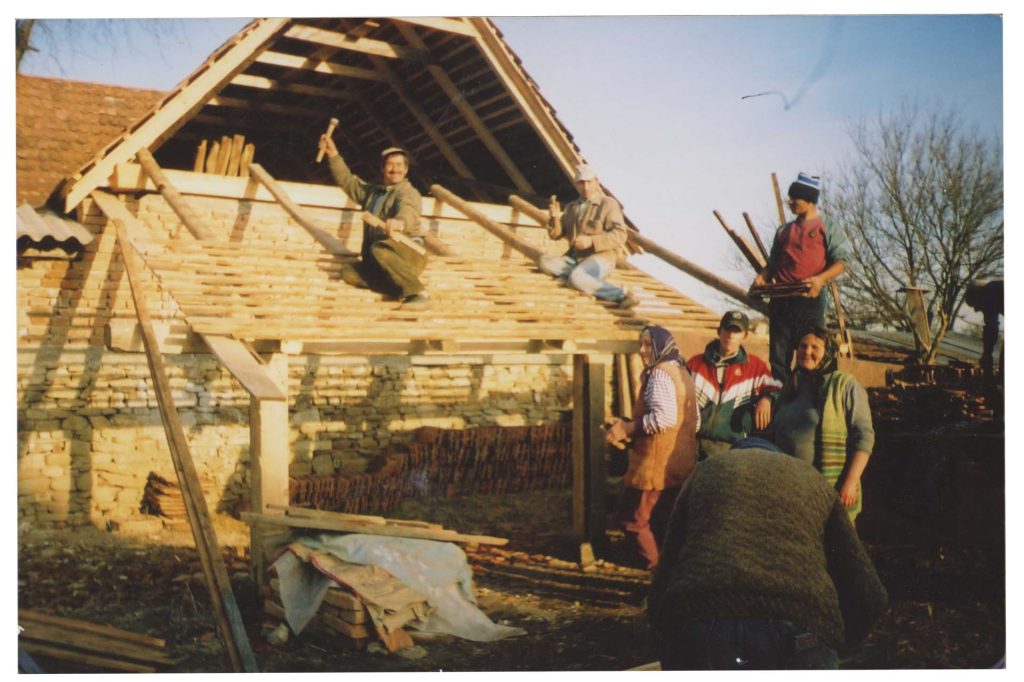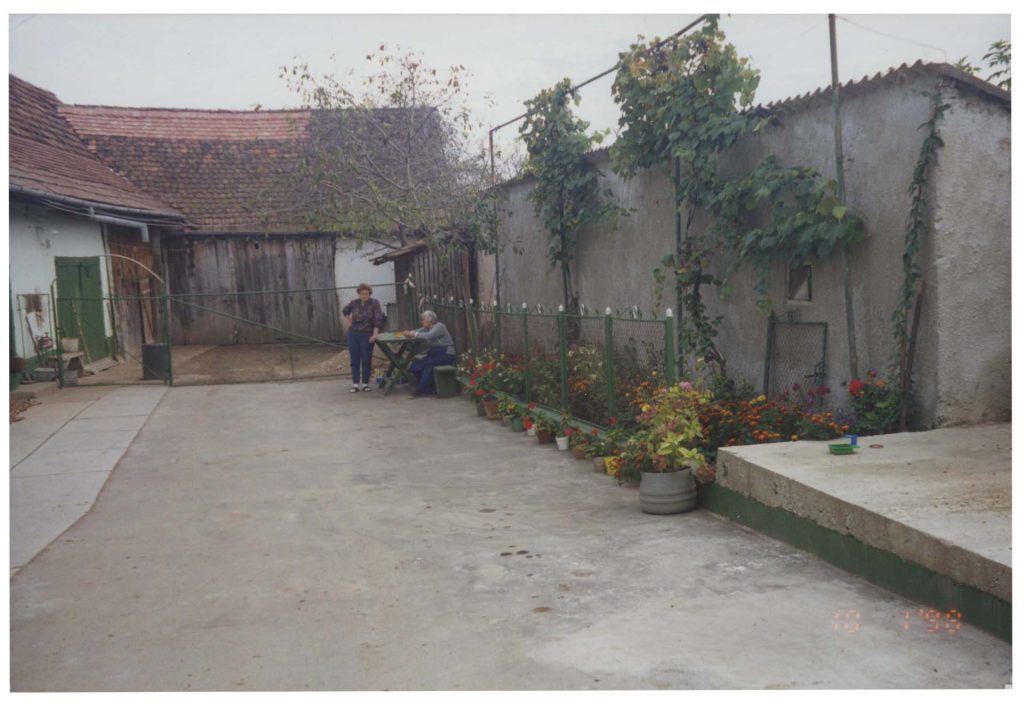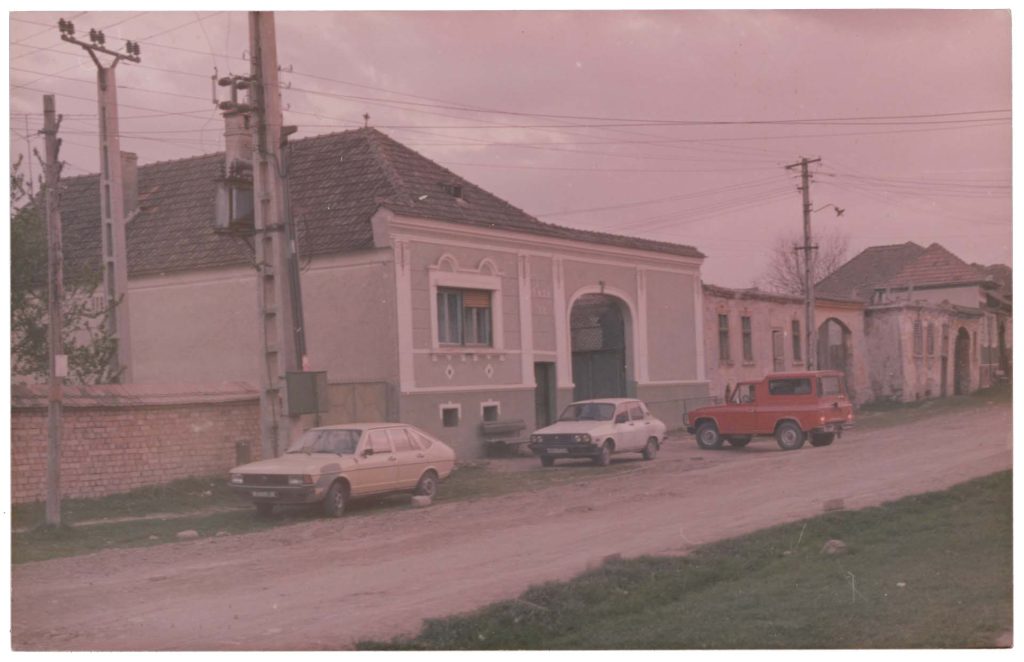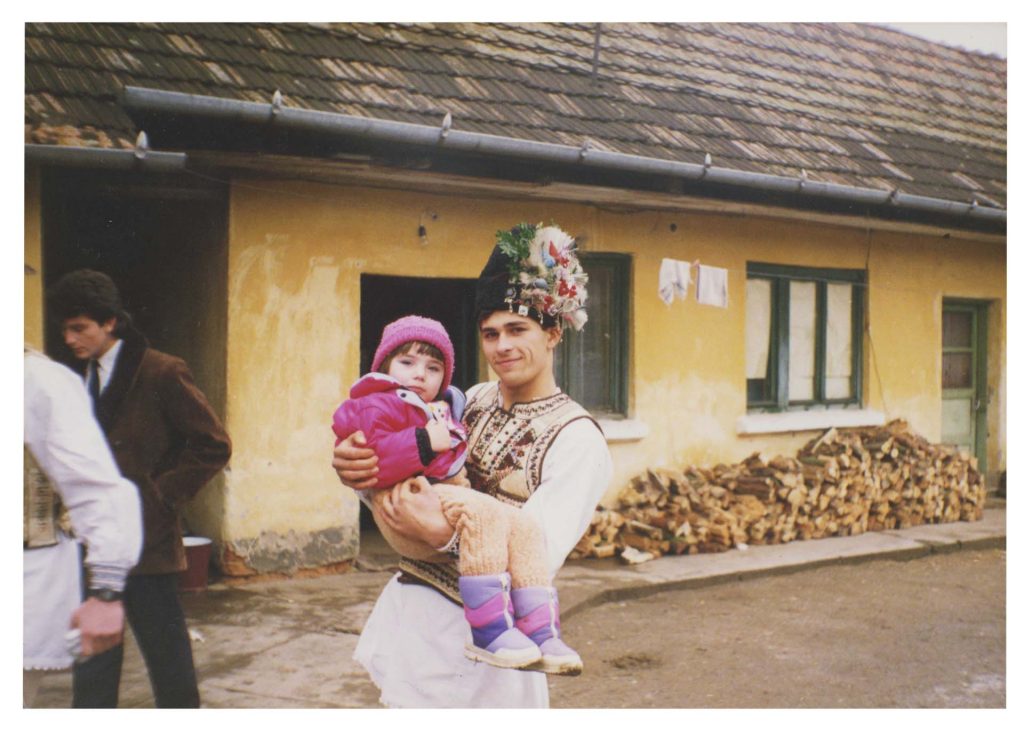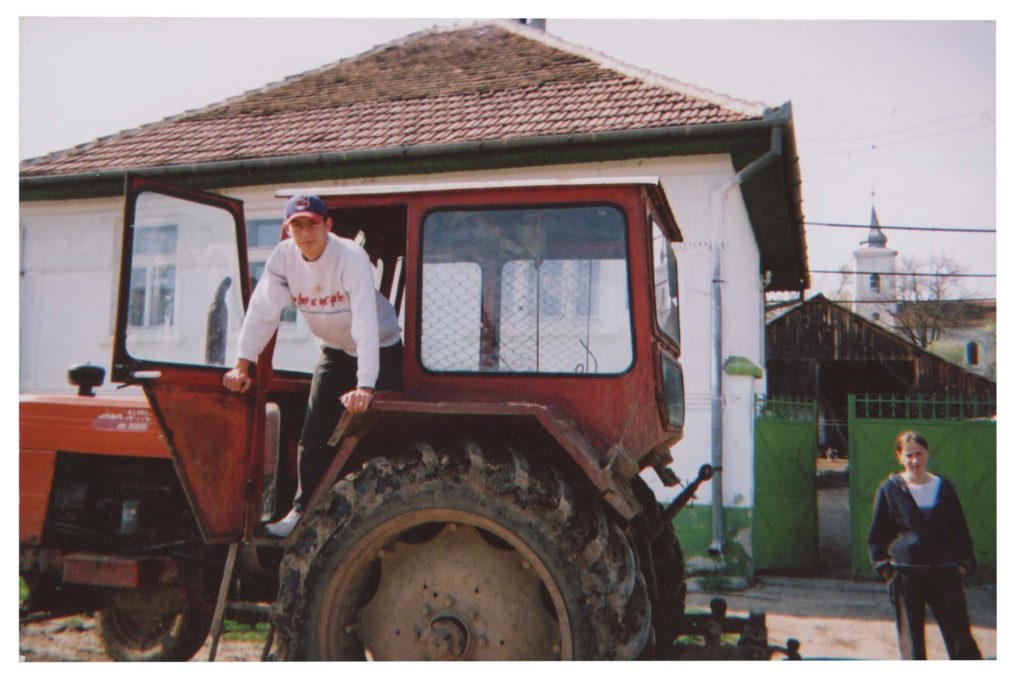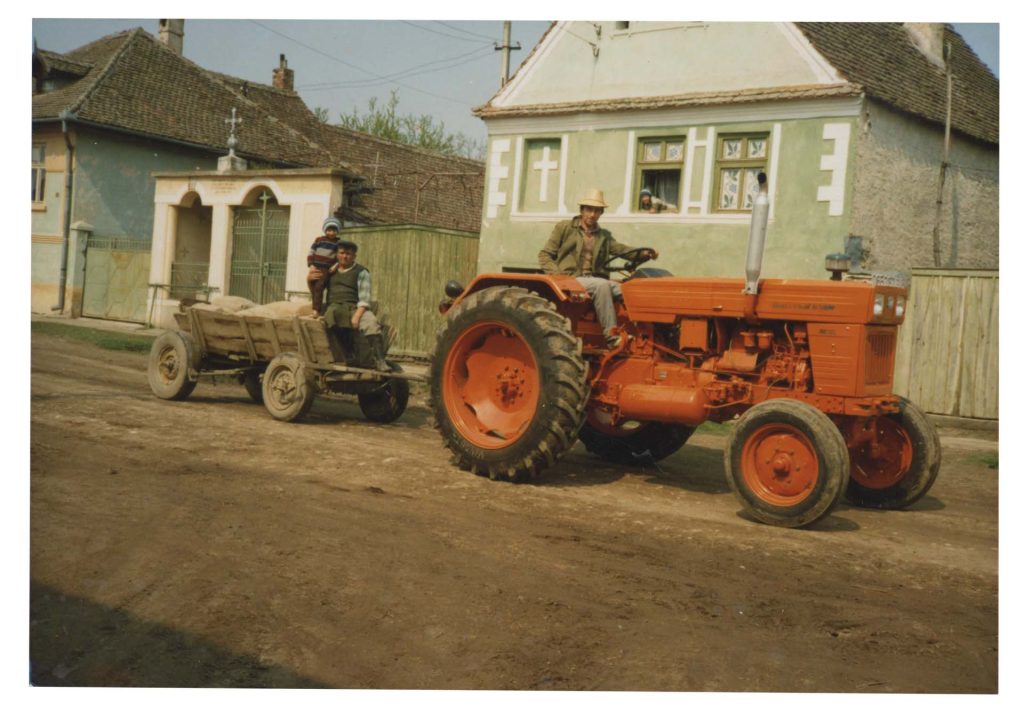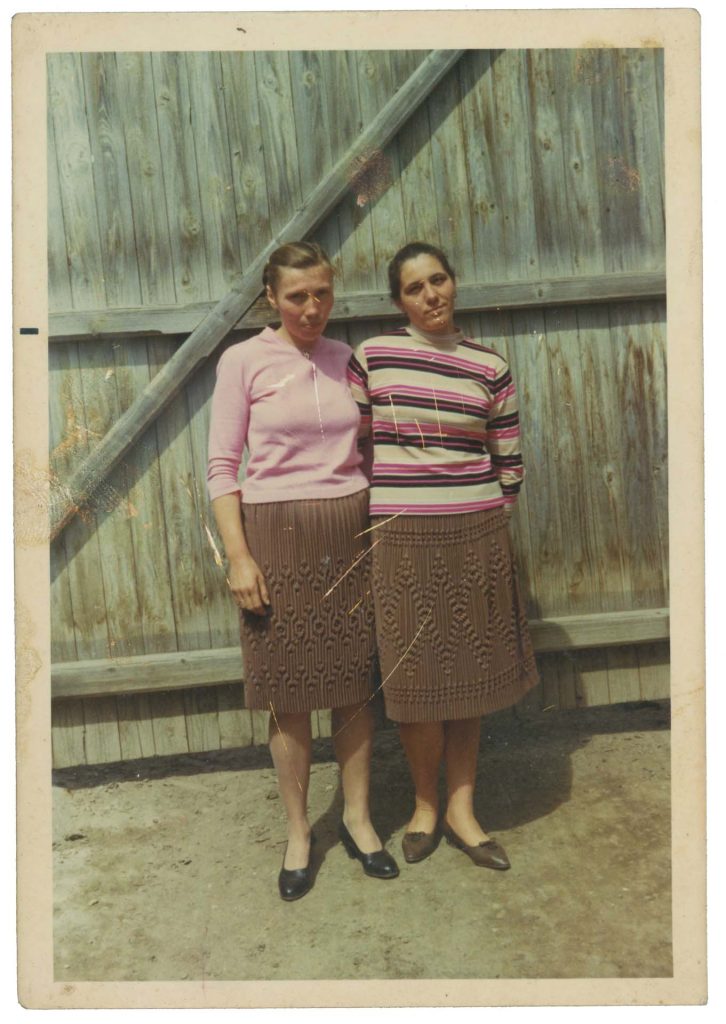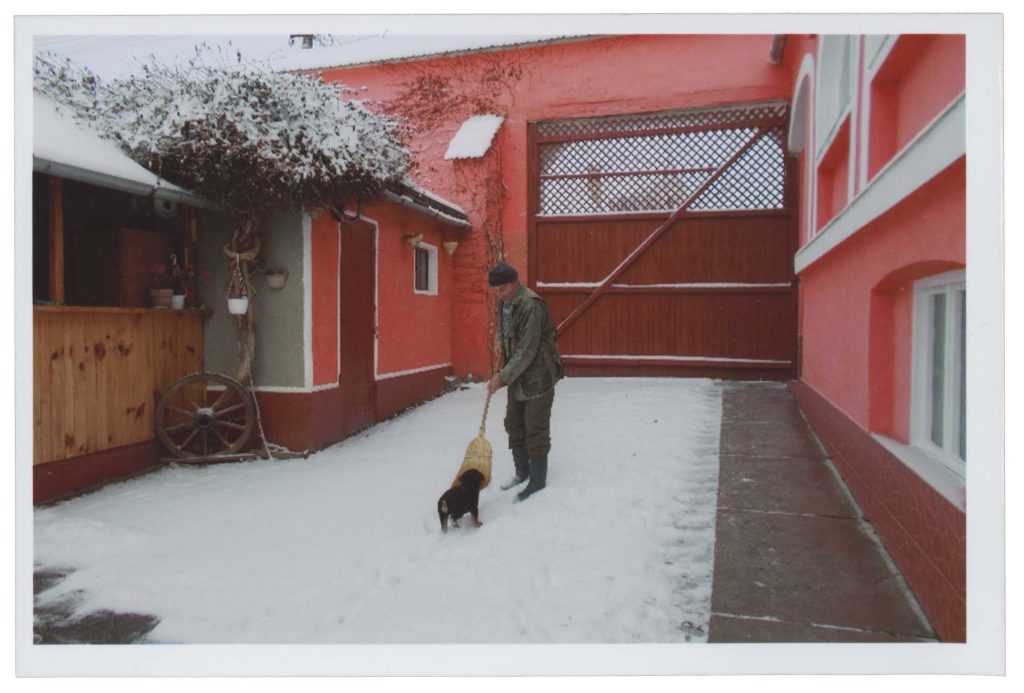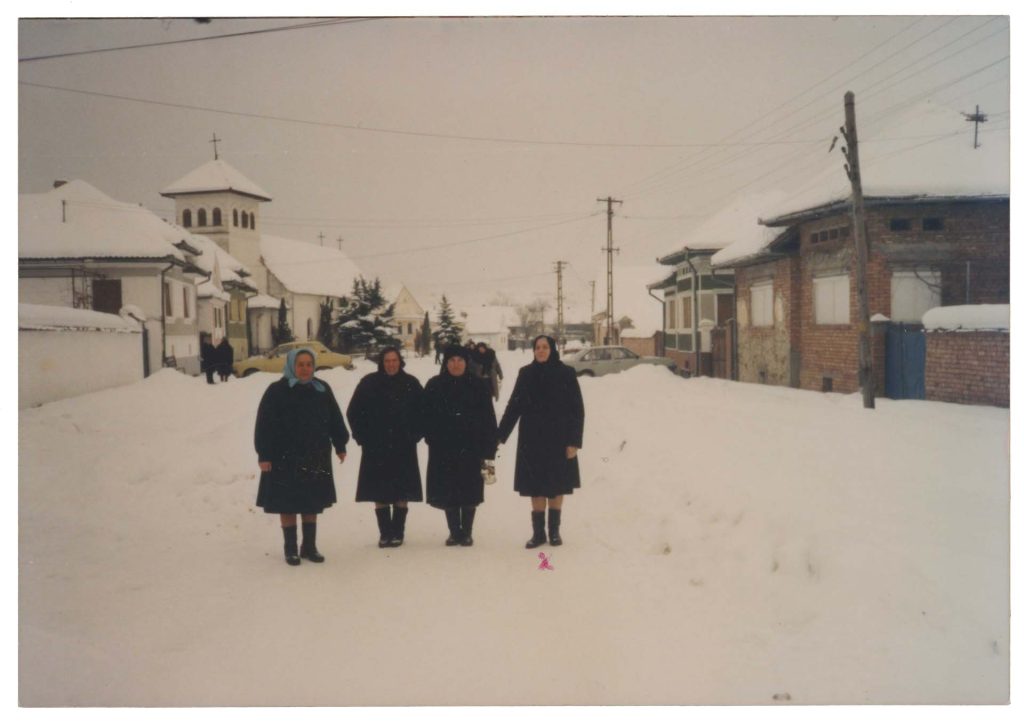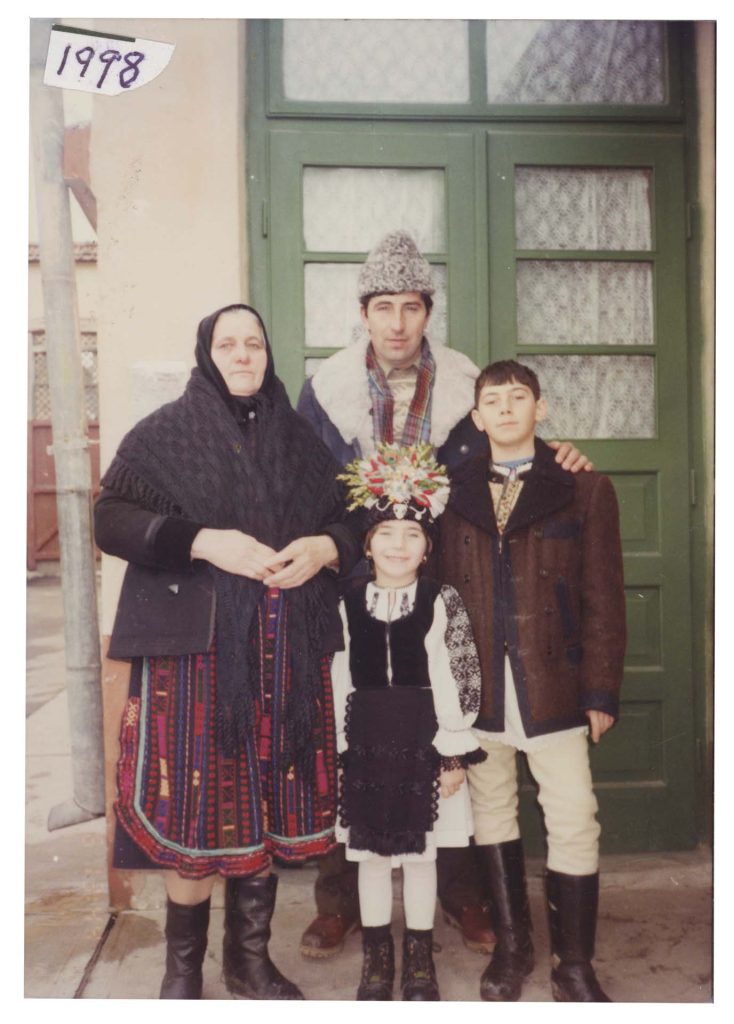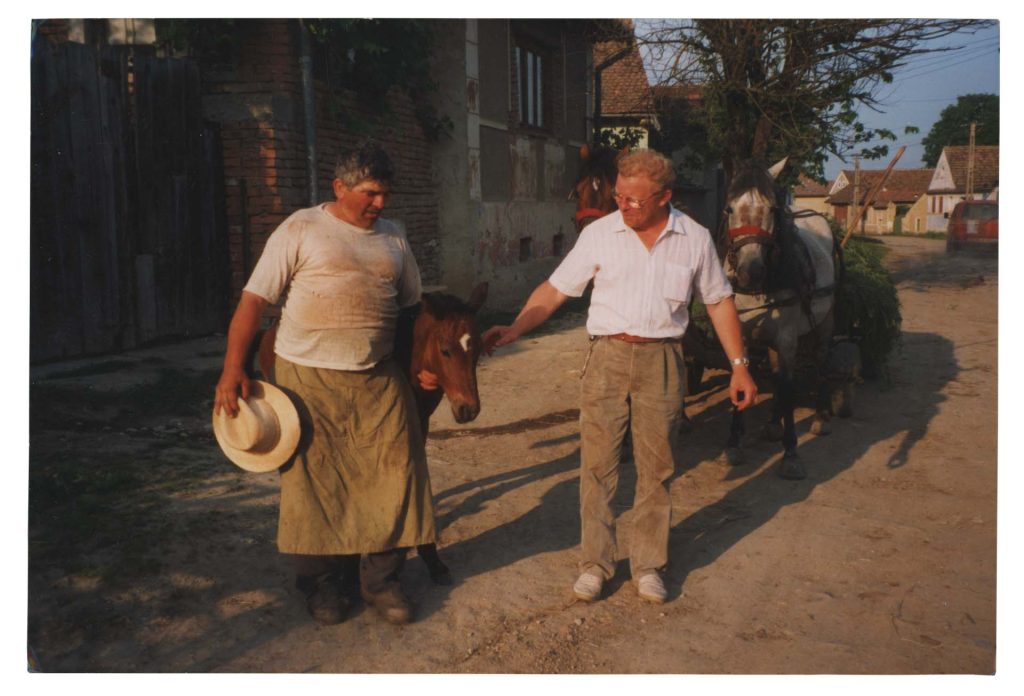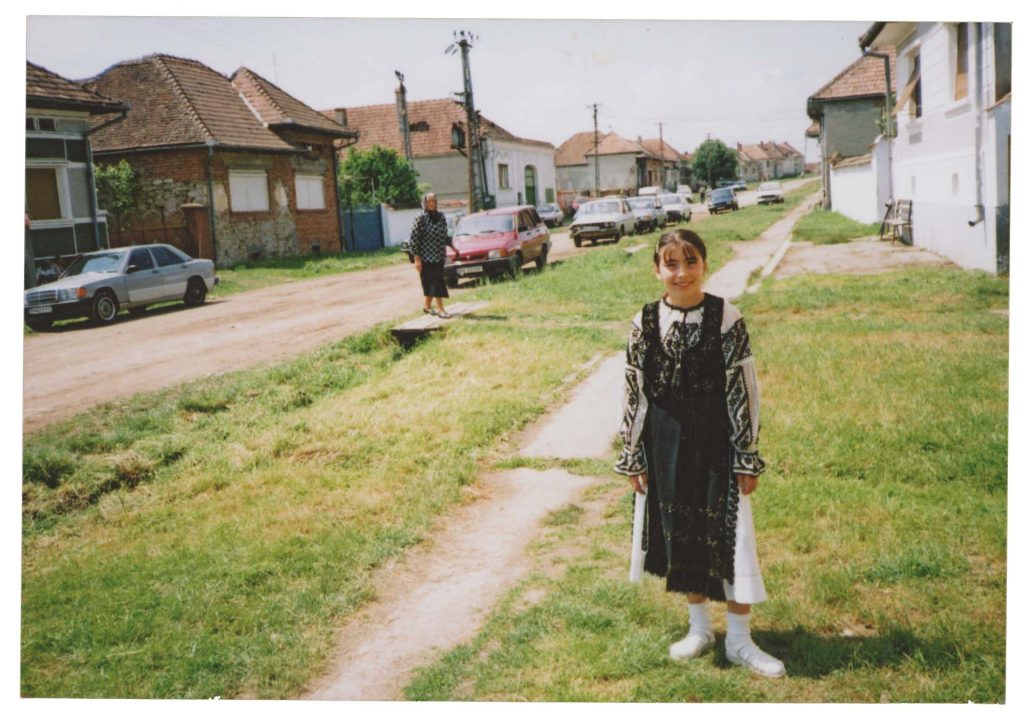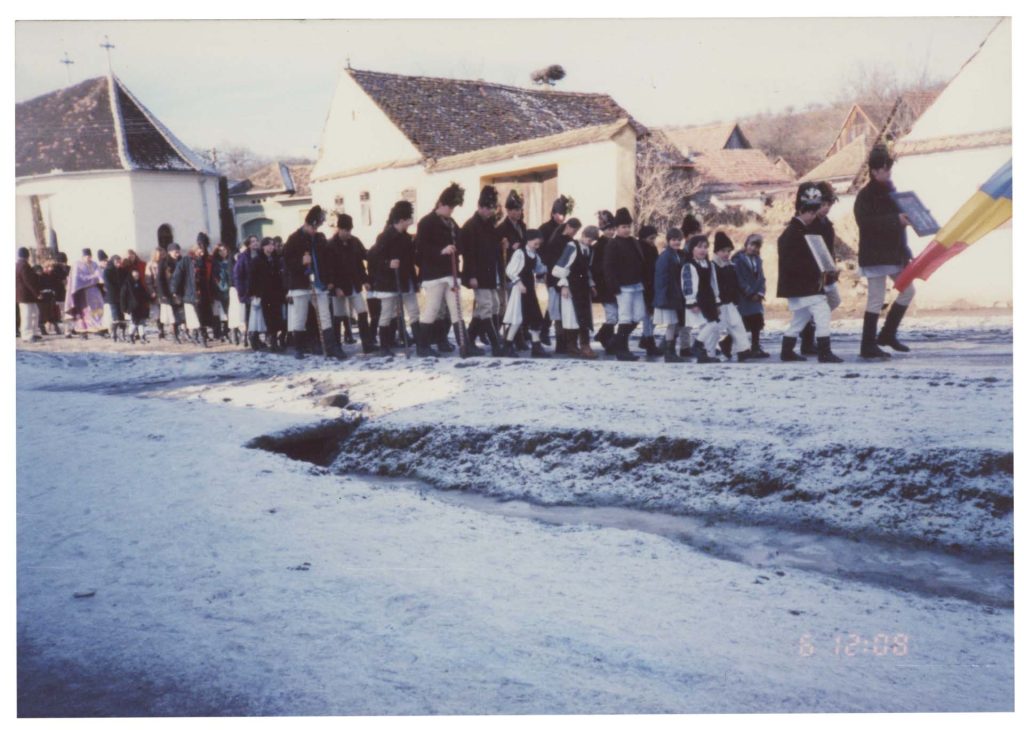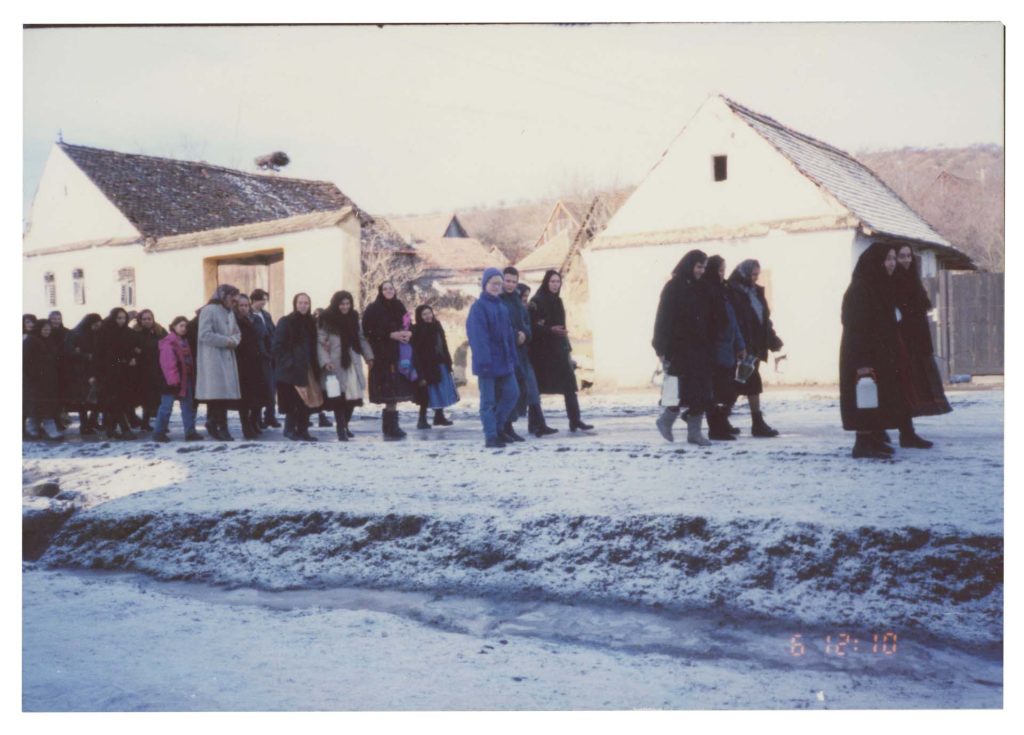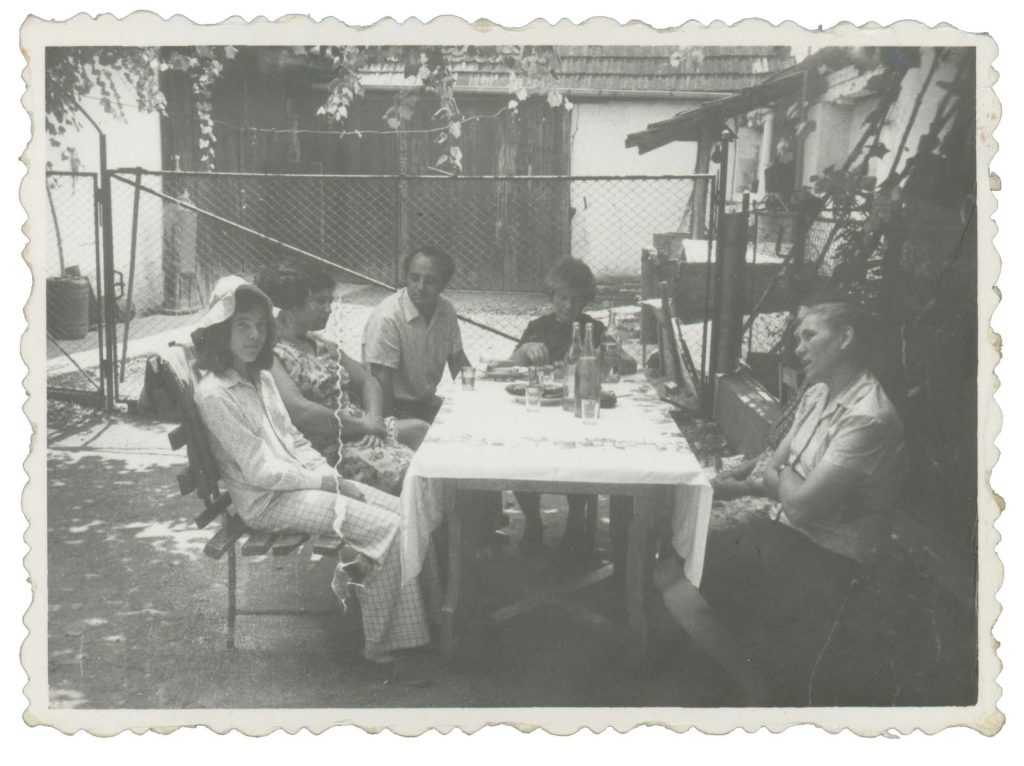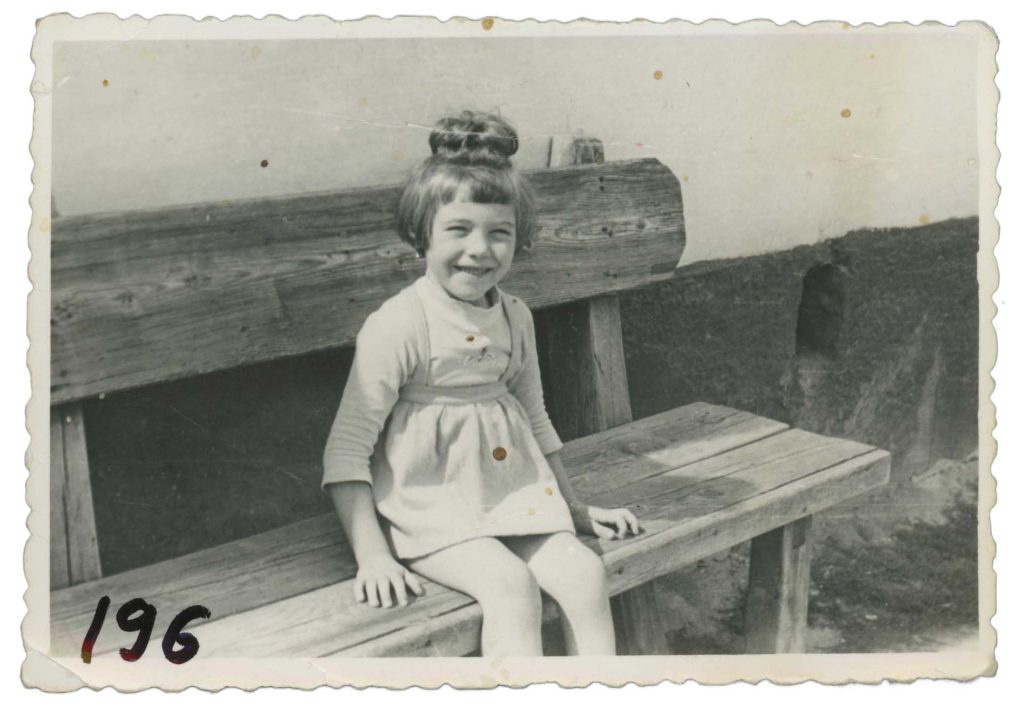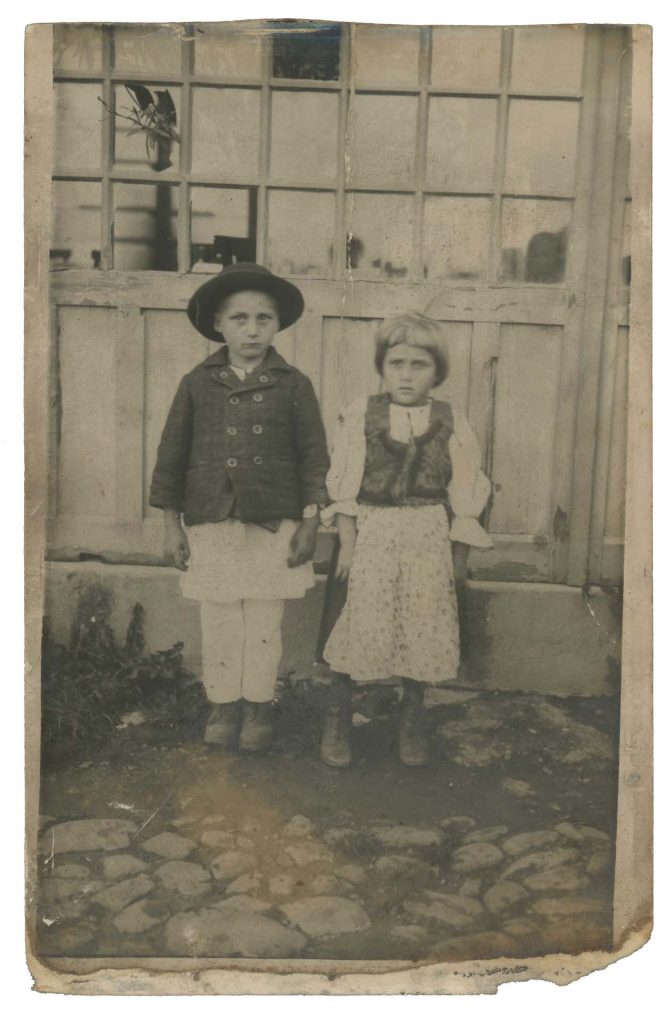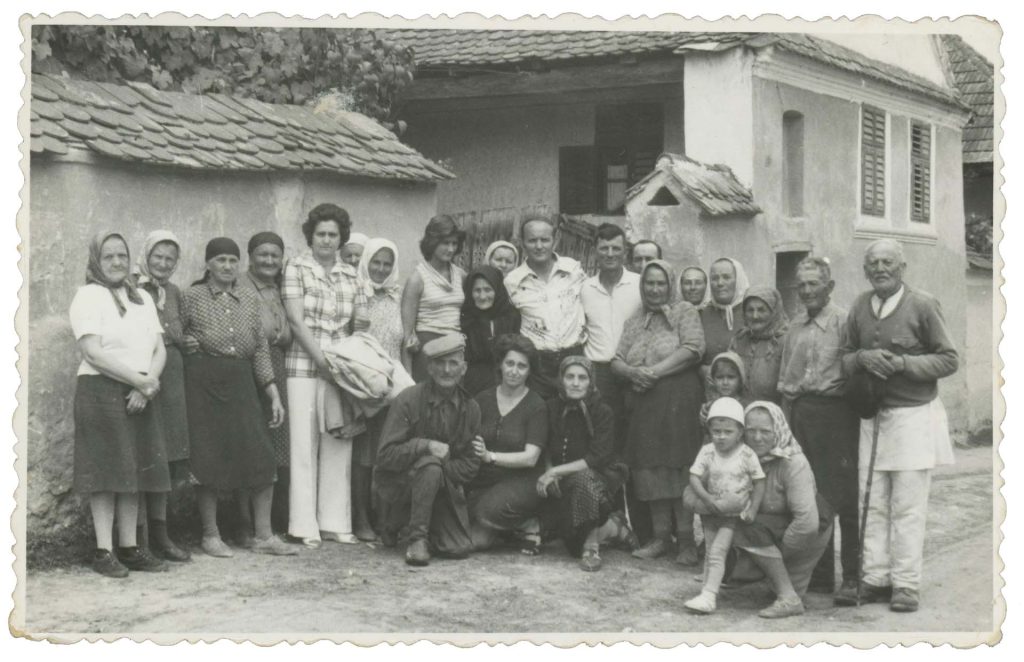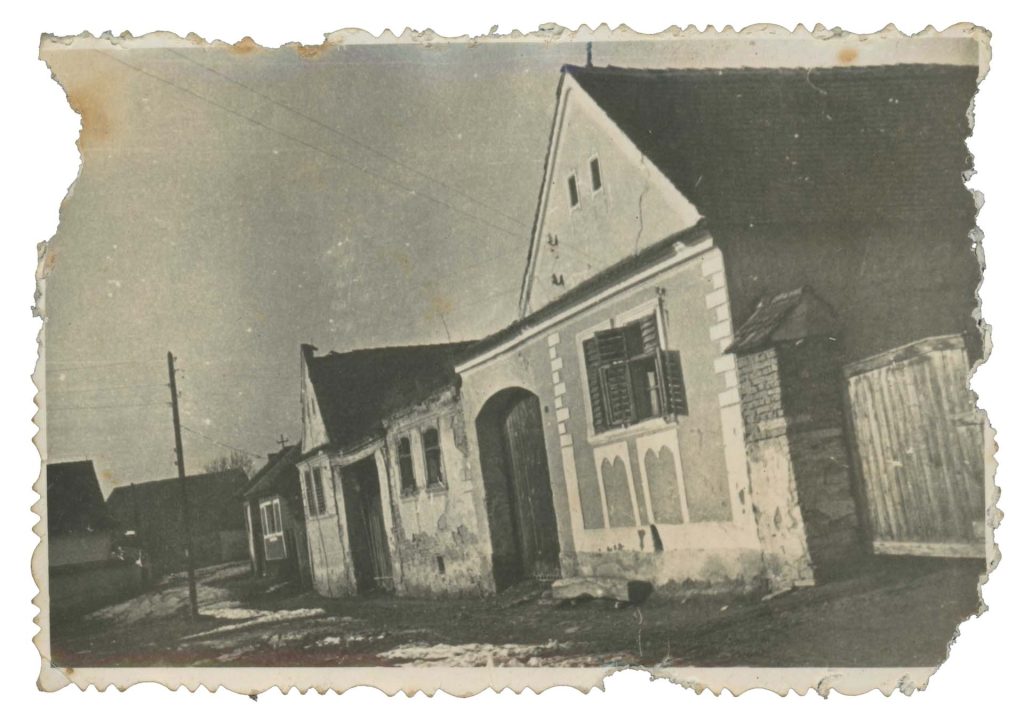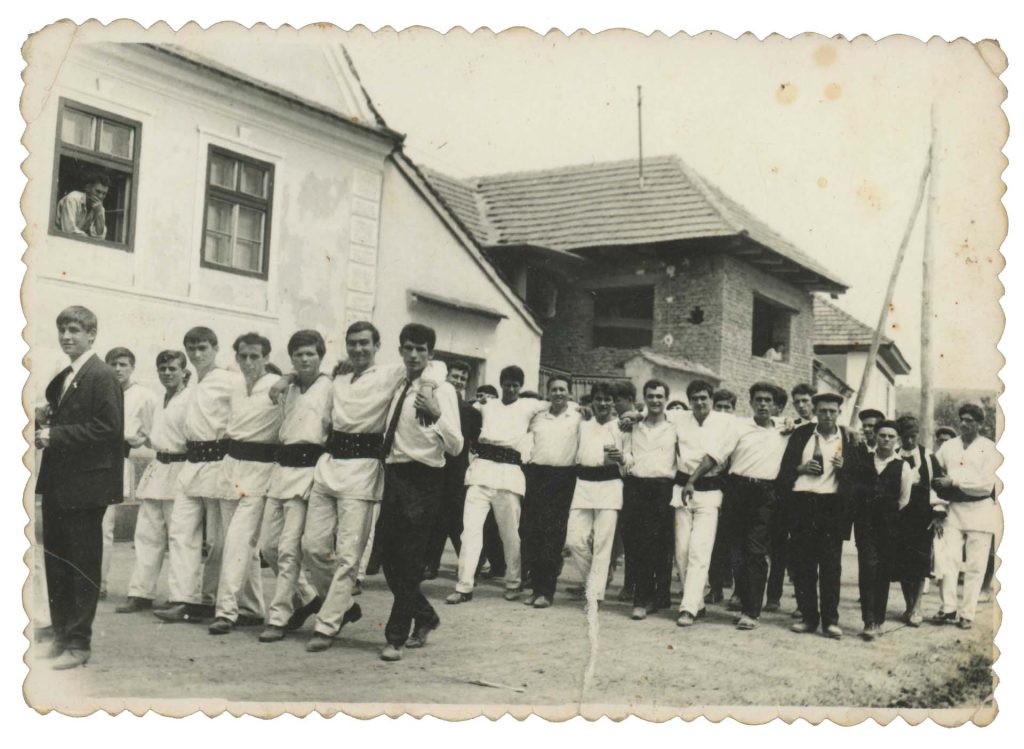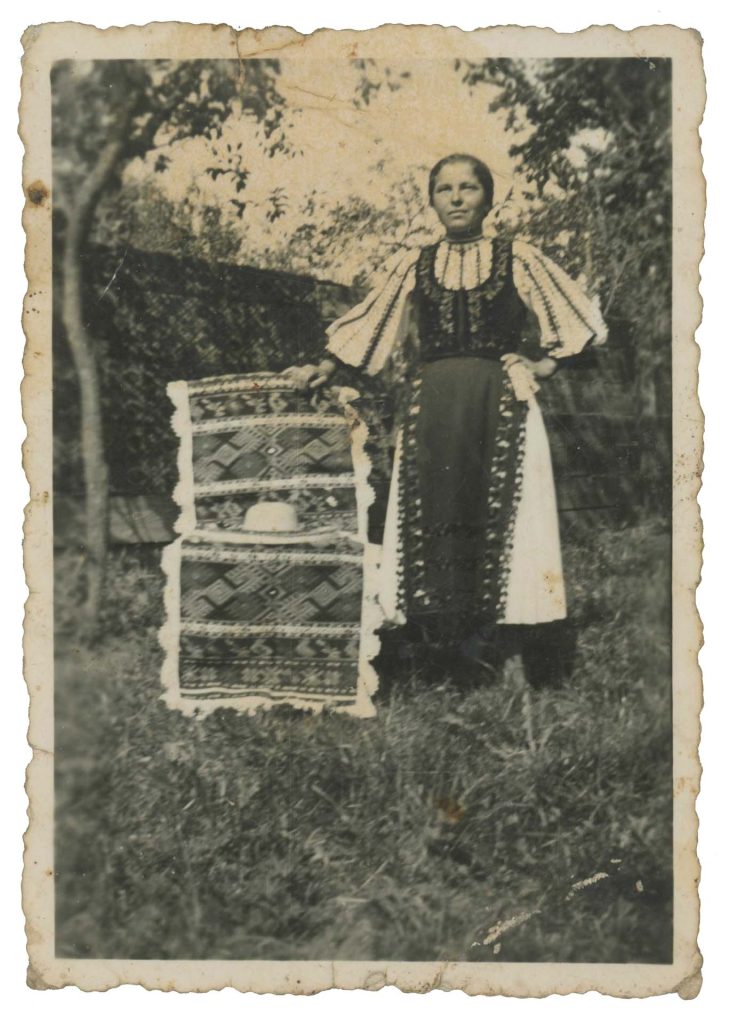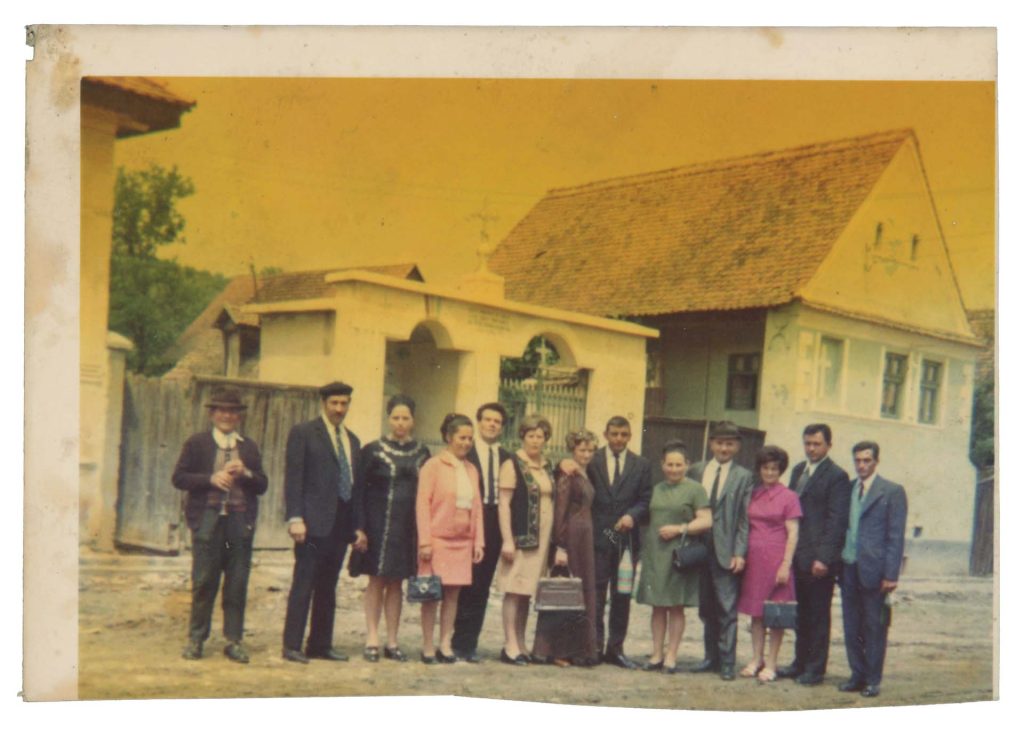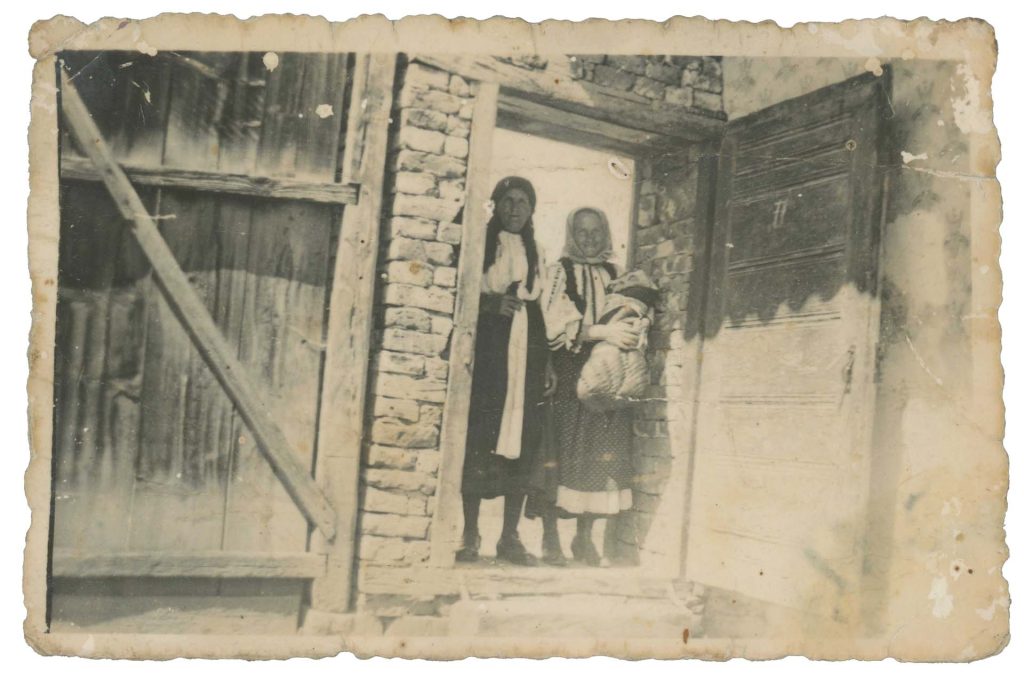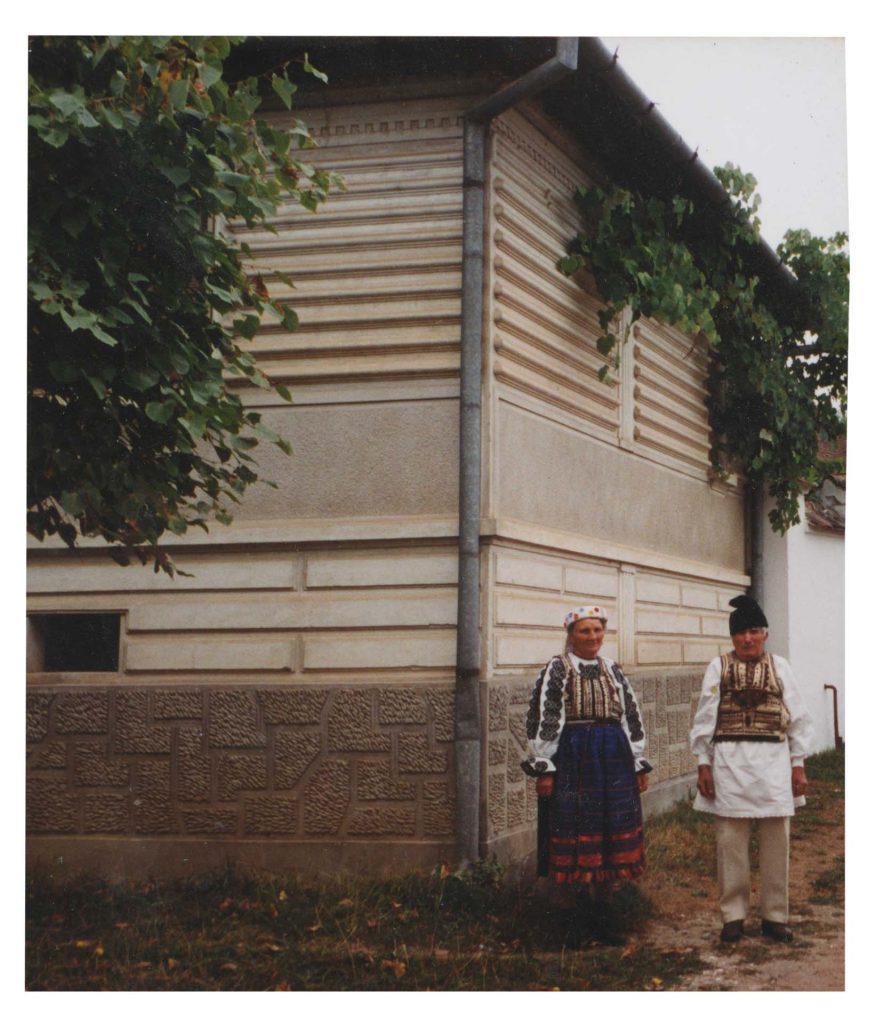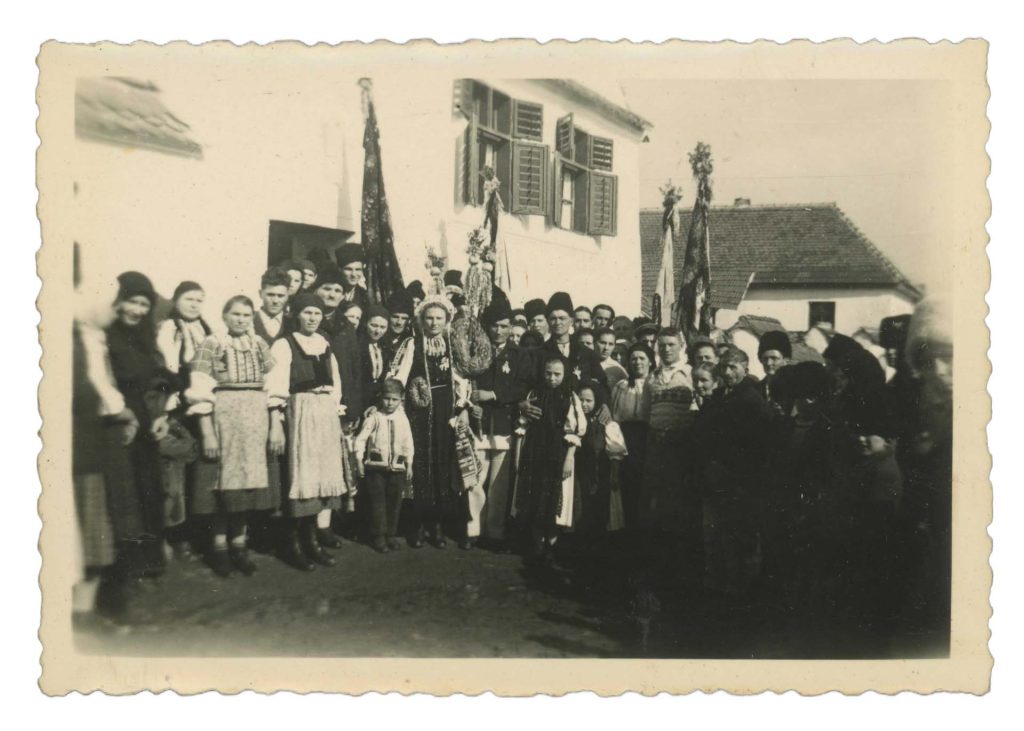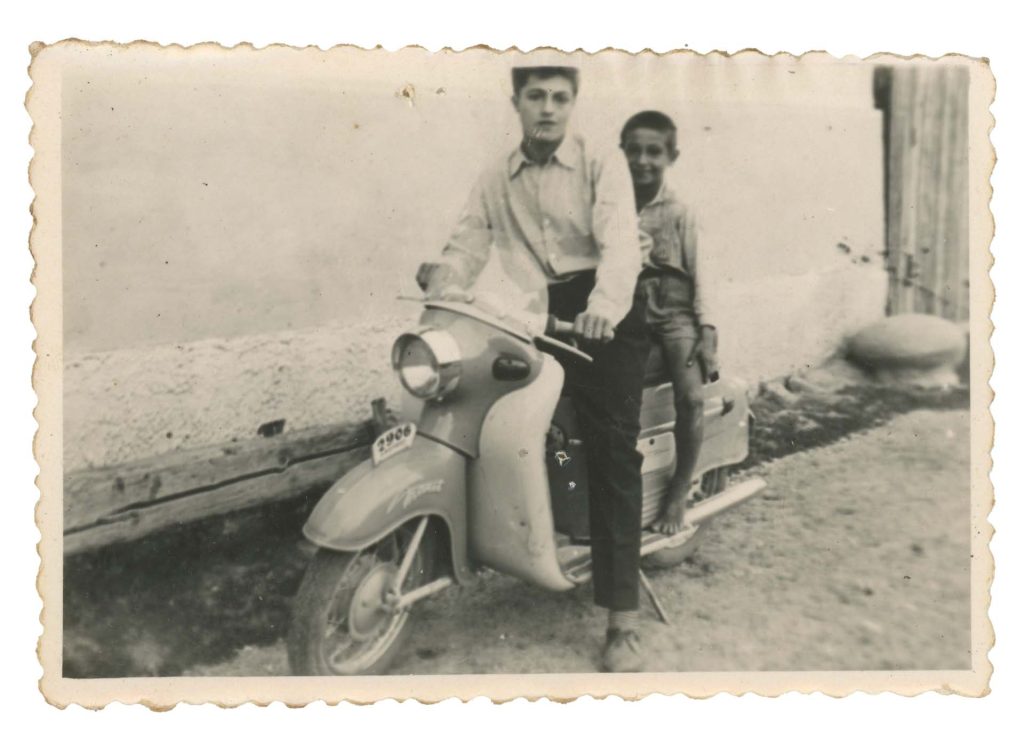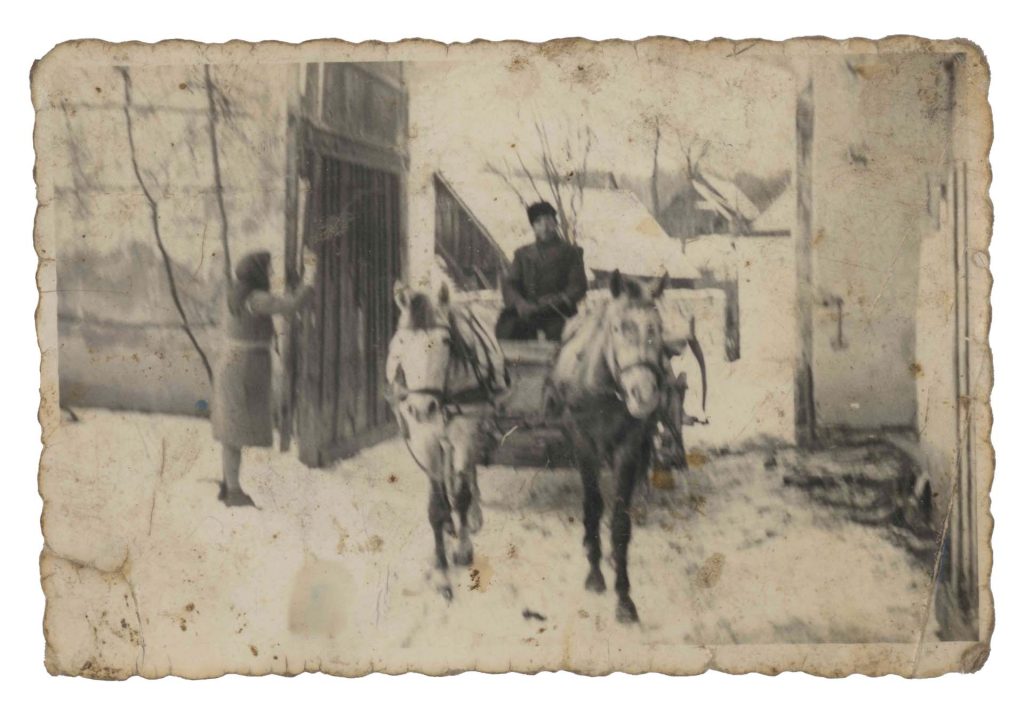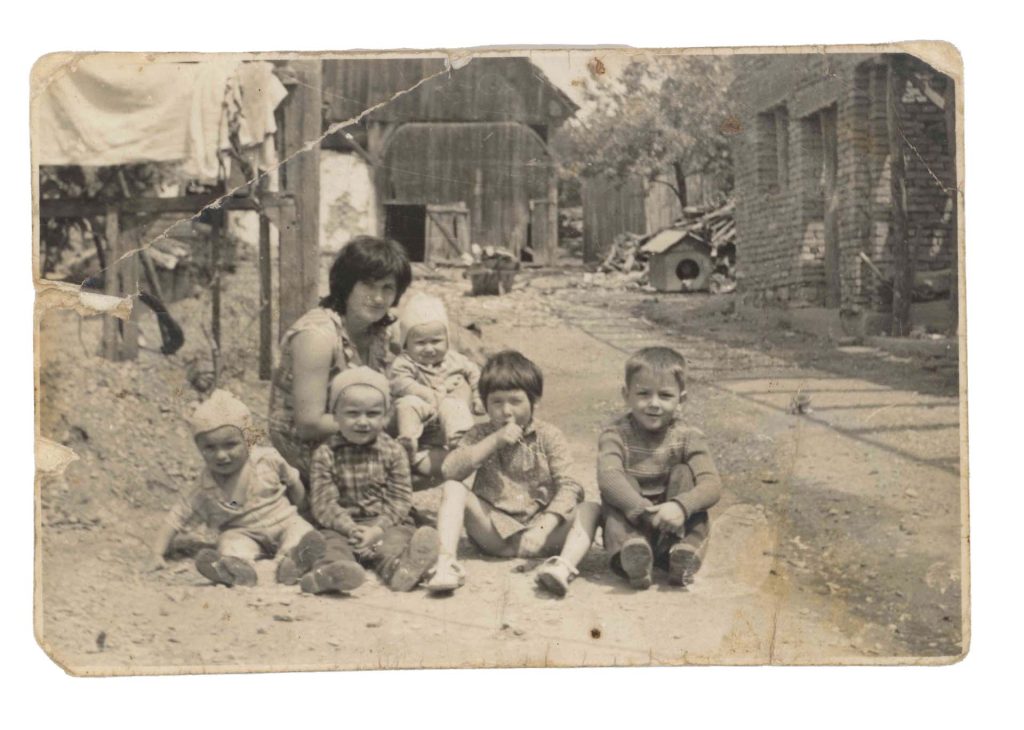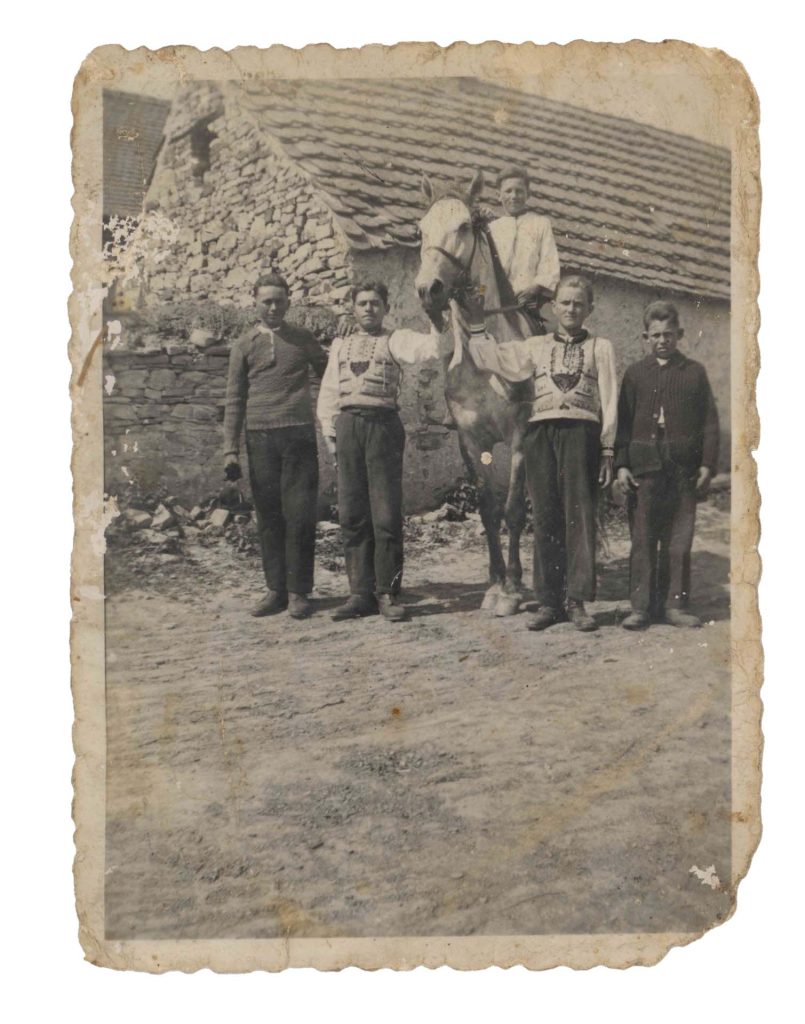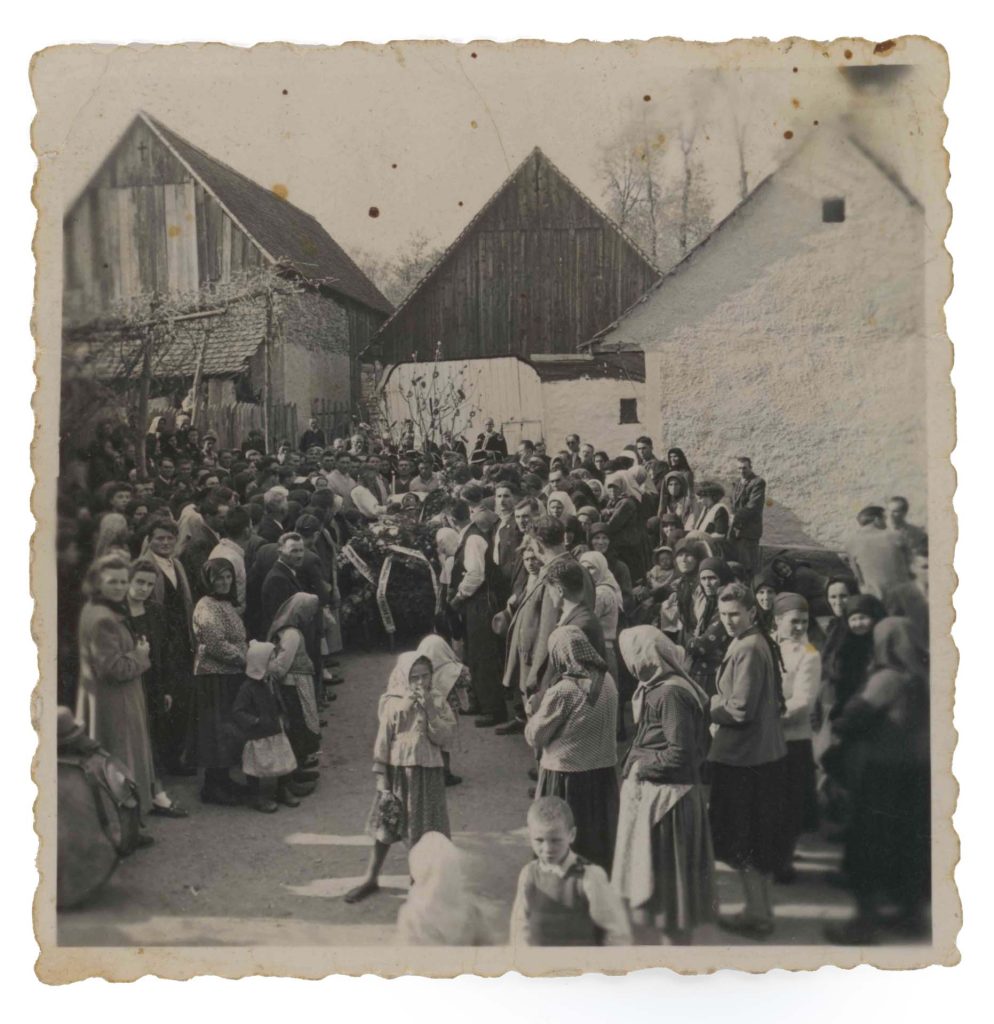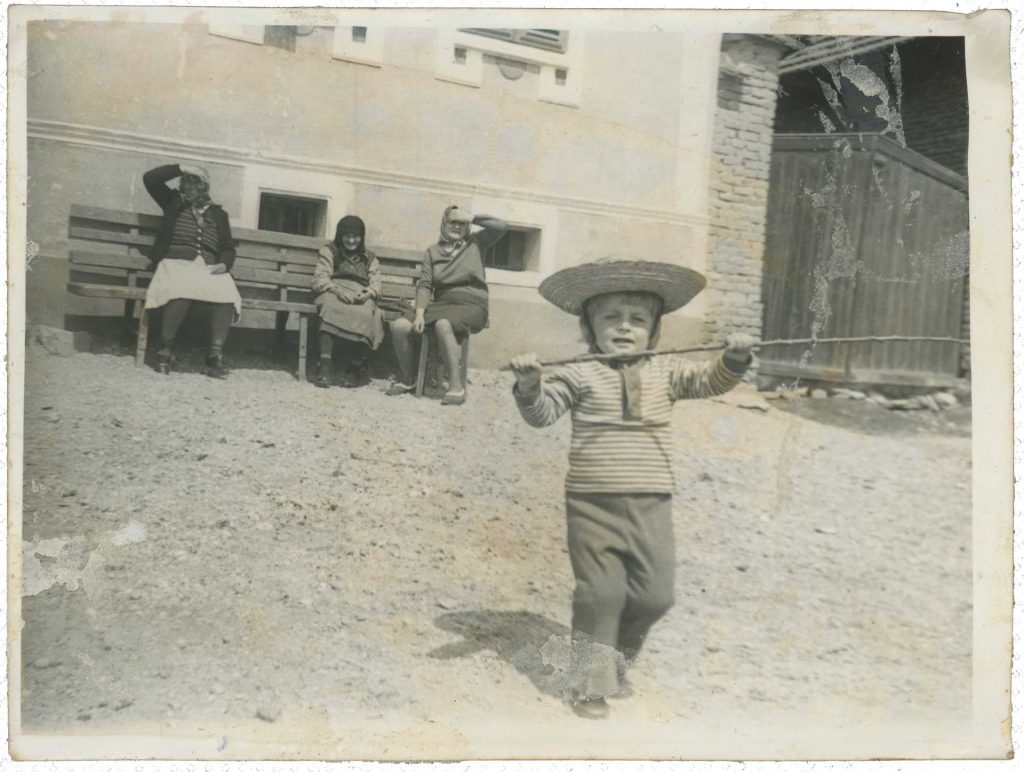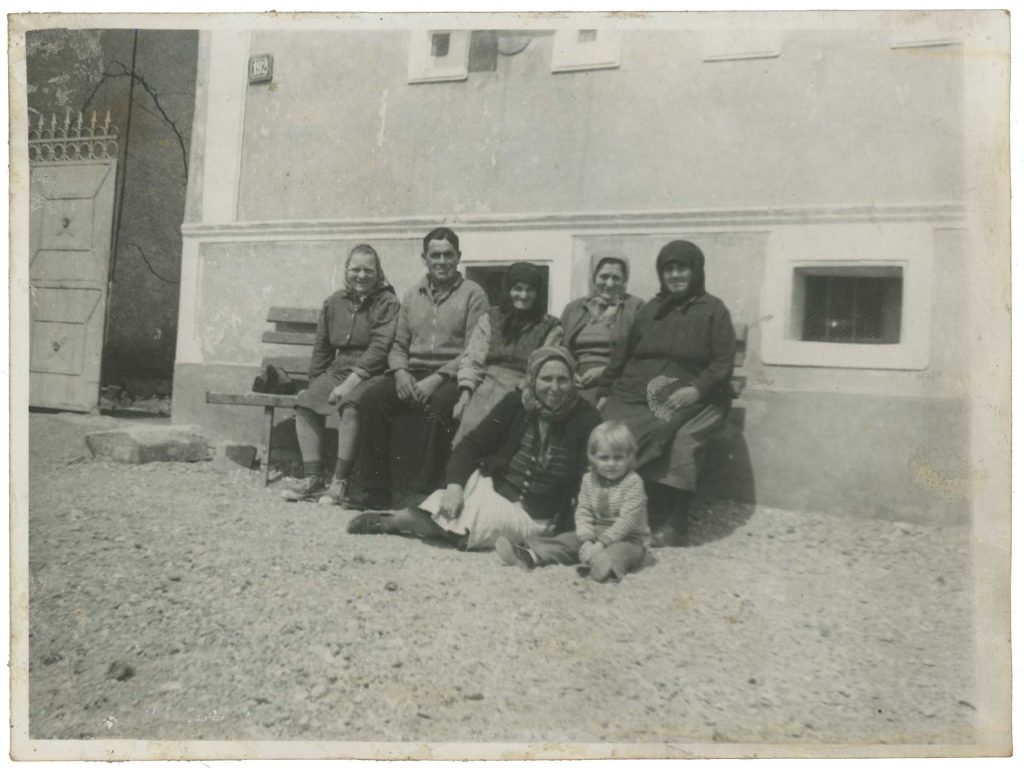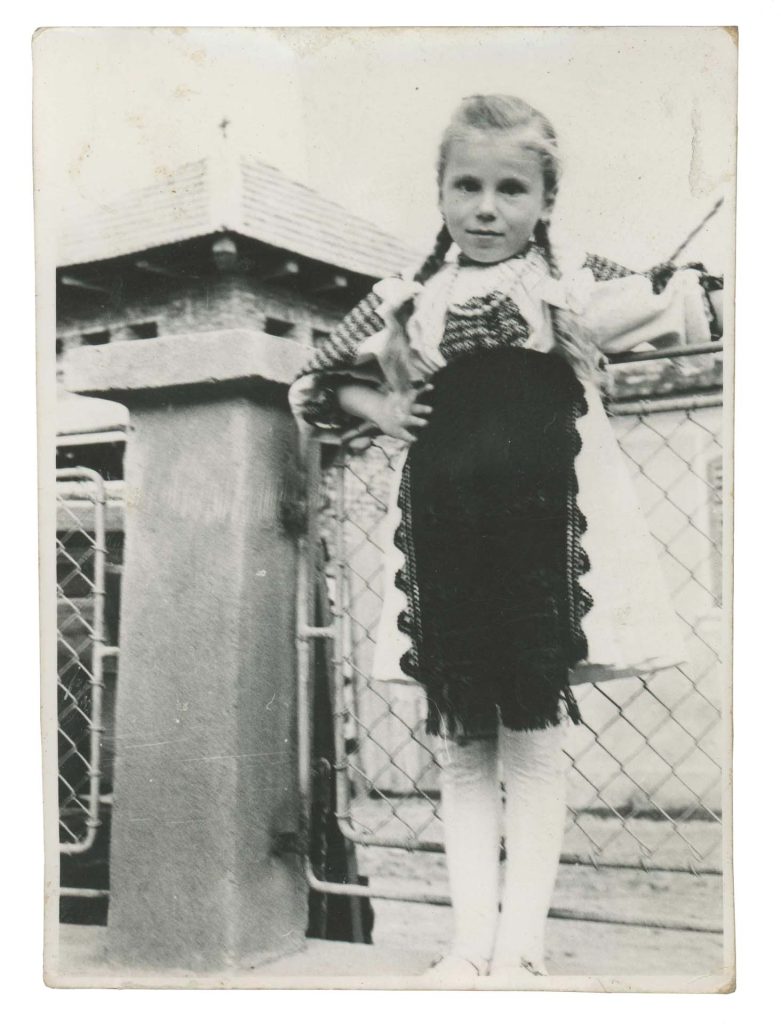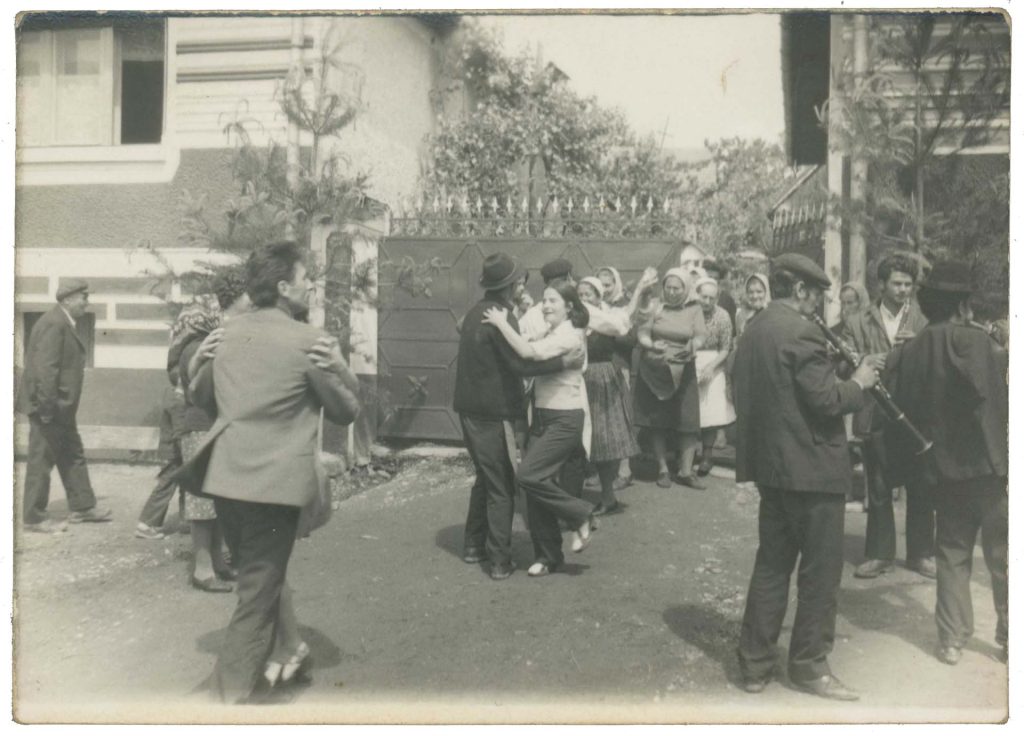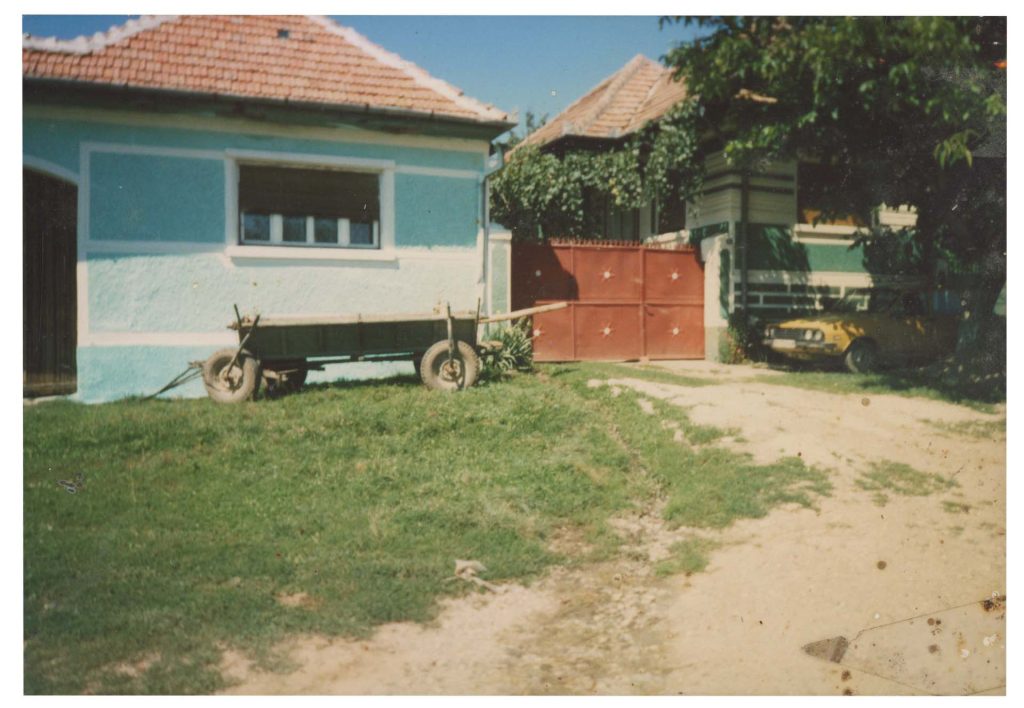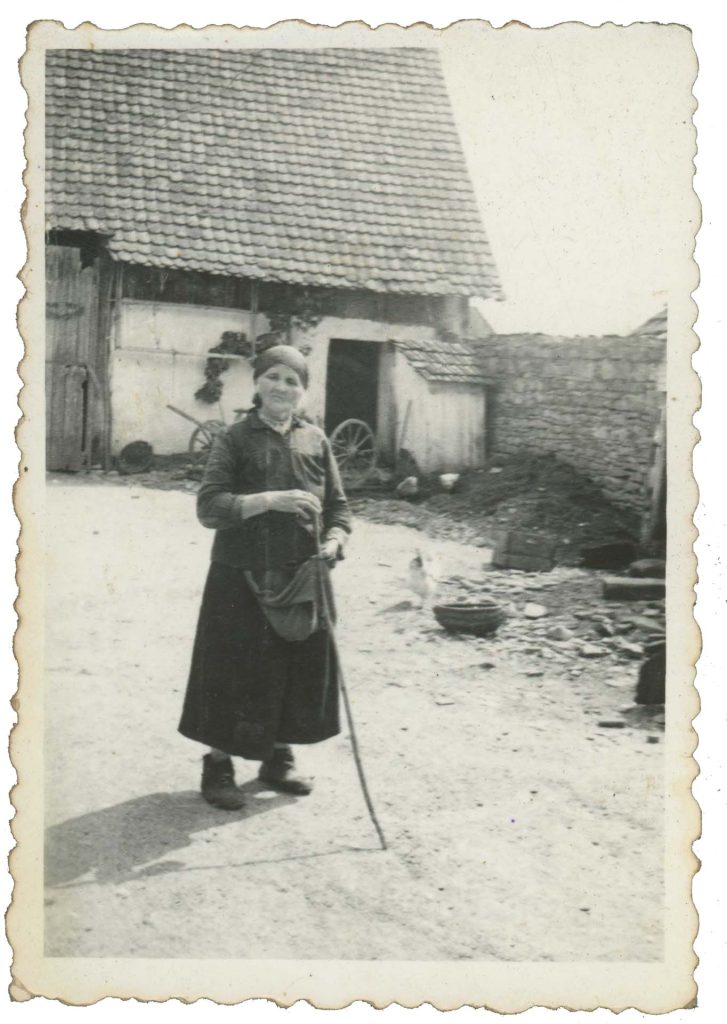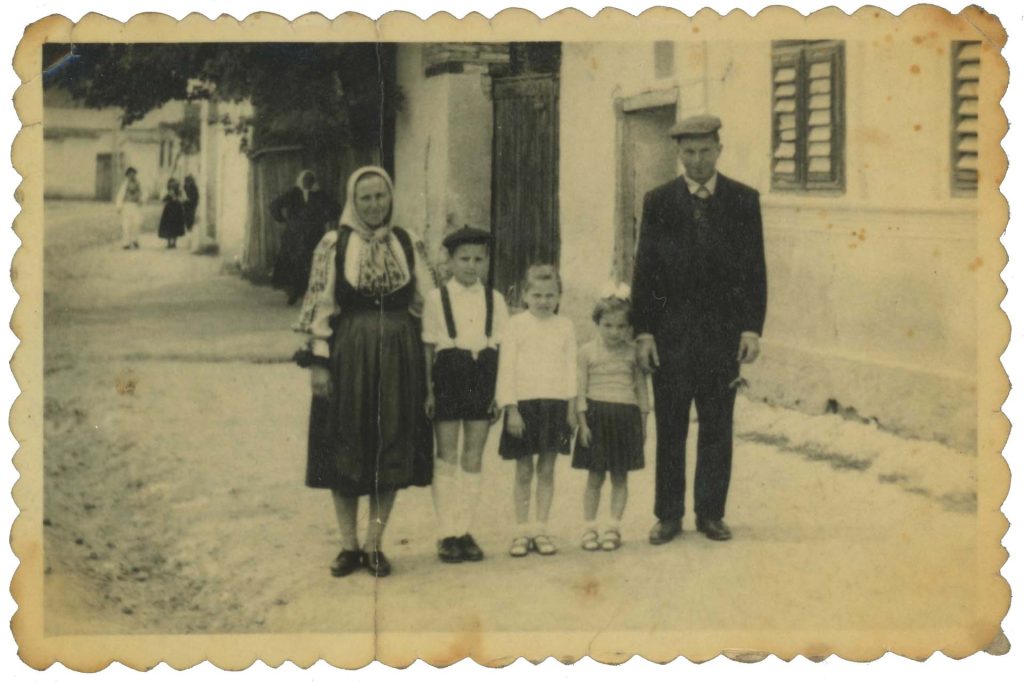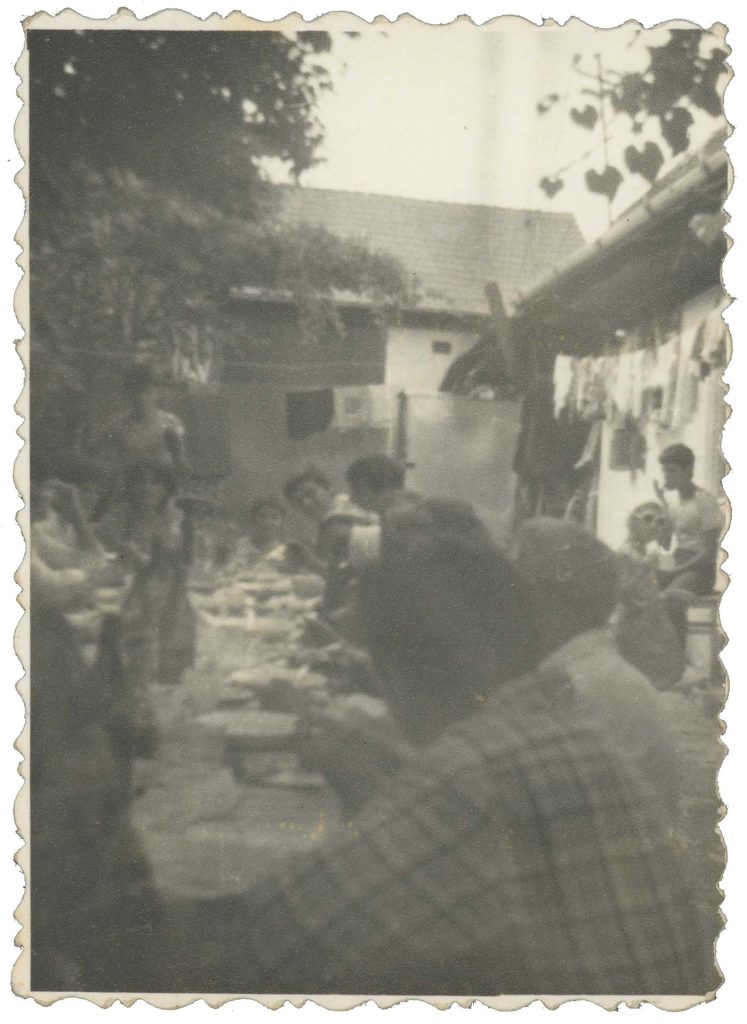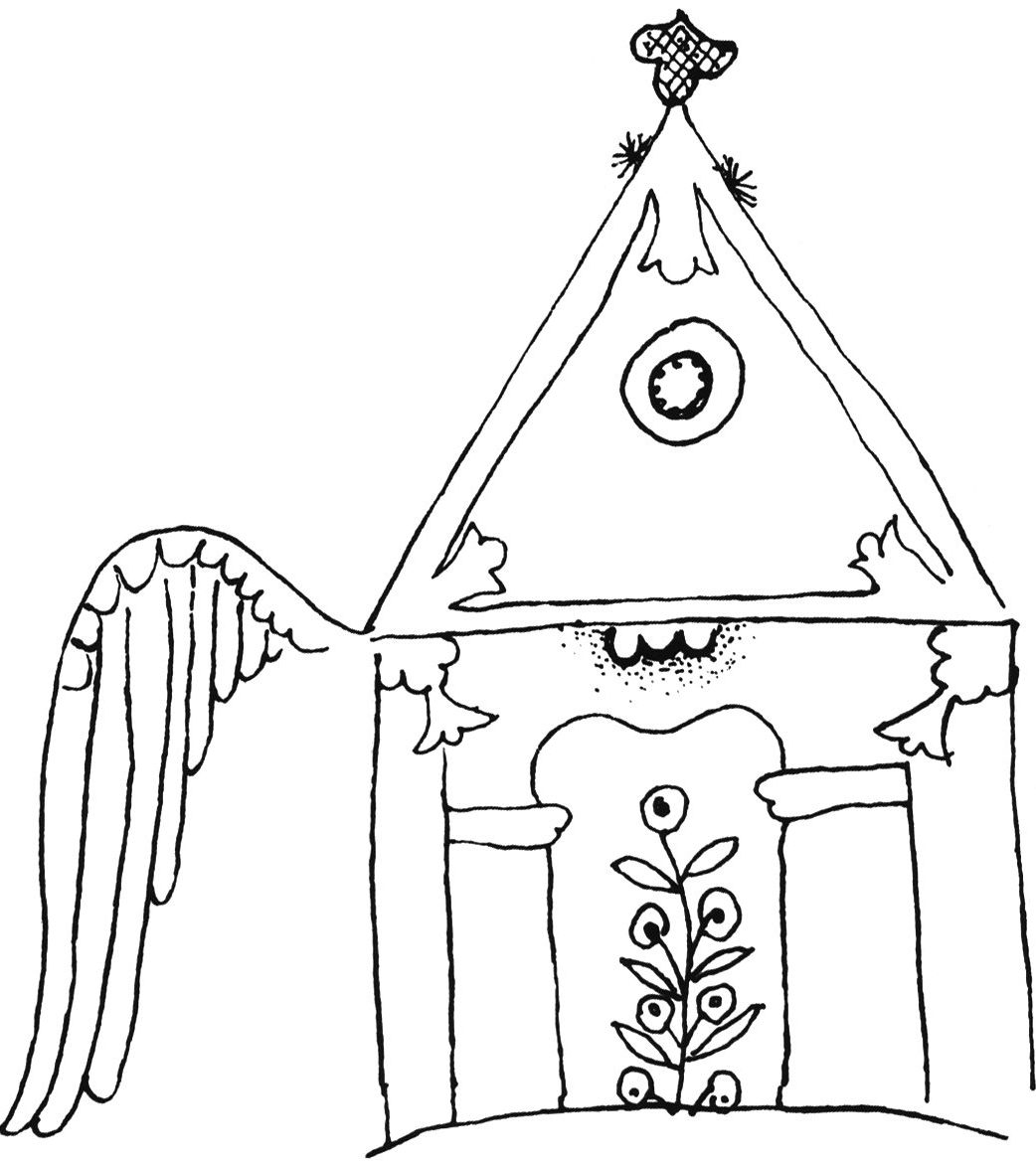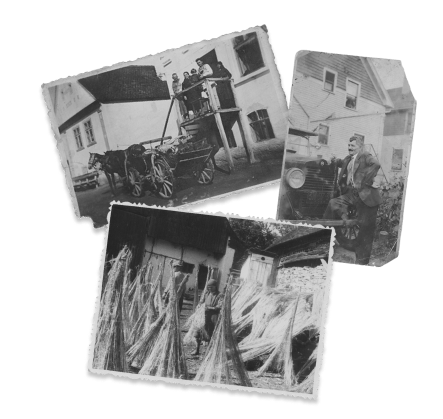With this observation, we open a new chapter and propose to move from the plan of the stone walls to the affective map of the village of Şona. It also starts from a technical support. In the archive you can find a hand-drawn cadastral sketch of the village with house numbers and owners. It's a central element in deciphering local life.
The other key component in this affective reading is the monograph of the village, compiled by Luca Lazăr, Constantin Lazăr and Petru Lazăr, with photographs by Victor Velculescu. A curious mind can go through the history of the village in the 20th century and piece together photographs, images and people - creating an emotional map of the village. A living map of the people and their deeds. "Here at no. 47 stood Gheorghe Lup, elected mayor in 1927."
Over the cadastral map we can superimpose a "map of veteran heroes": here, as in the other villages, the list of veteran soldiers returning from the battlefields of the Second World War, a bloody war for the country's armies, in which more than 800,000 men were to fall. Concern for human life can make you walk by the house from which someone once sacrificed for the country, or the house where a veteran once lived or still lives. It is as if you see or understand differently today's residents, perhaps the relatives of that person, or perhaps the newly moved-in residents who inhabit this emotionally charged space. A space in which you might be curious to enter, to search the drawers and the attic, in search of information, photographs, objects.
The monograph also bears witness to other attempted or failed constructions. Here is the example of the bridge over the Olt, towards Mândra. During the First World War the bridge had been set on fire, using a barrel of oil from Vasile Rabdea's shop at number 245. In 1927 a new bridge was to be started, but despite the efforts of the mayor and the community, it did not succeed. Five years later a lunette was inaugurated - an element of poetry and symbolism, which can be superimposed on the boat oarsmen who operated it in turn, at numbers 6, 153, 192, 109. Mere numbers in a list or lives of people in a living village panoply. 219 was the home of the engineer who built a new bridge across the river in 1967, also providing the necessary material from Toplița.
We also learn that Ioan living at no. 296, undertaking to keep breeding males was severely injured by bulls. Thus, the construction of a stable dedicated to bulls, stallions, and steers, built of stone, with craftsmen from 114 and 219, and other volunteers and workers, was rushed. The stories are woven, one by one, houses and people, public works and their organization. Expenses, materials, successes.
The earth for humility, was raised to heaven. That's how a grandmother told me the story of the tiles that, by burning, turn the earth into noble matter. Burnt tiles that dress here, the houses and villages of the place. Tinted tiles, which cover the wooden skeleton of the house, like the scales of fish bodies. The skin of the roofs, the skin of these houses-beings near Olt. Şona, village of reformation.
It can be said, therefore that the houses of the inhabitants of Şona unfold under the protection of two imaginary lines, the cross they lean onto and the cross towards which they aspire. Our life flows between them. Şona, village of flowing.
When you look at the old village you don't know, but you find out. You find out that many houses were blue. The blue of metallic oxides soaked in milk of lime. The blue of the sky next to the white of the lime or the house cloth, all with the green of the foliage.
When you look at the village now, you see. You see that in Şona people started to dare, to the courage of the blue, to its intensity, depth and promise. To bring heaven closer to earth. Şona, village of blue.
From the reality of a village to the unreality of a painting. In front of us, an inhabitant of Şona named Ştefan Câltia is painting. We unfold dozens of canvases in front of us and they become our reality itself, perhaps more meaningful than the first. Entire villages, plants, buffaloes, the blue-lipped gladiator are elements that begin the stories we tell each other, each one differently.
Houses in Şona, patches of reality, sheltered under the glass globe, to protect a world that chases and destroys, a world that sometimes seems to no longer need the past.
A world of protected houses, of seed-houses preserved to seed the world with beauty and harmony that is good will. Şona, the seed bank.
Following these threads of history and the houses come to life, but we also warm to the image of a tight community organization. Participation and volunteering in key works, elections, payment in kind for day and night guard. A soft universe. Şona, village with a heart.
The houses from which not long ago the more industrious people of the village were picked up by Securitate (the secret police) are also known. Layers upon layers of history on our affective map of Şona. Simple houses, be they beautiful, or vessels of soulful content. Interiors and interiorities. Going through the archive or archives, if we take into account all the available material, image and text, imprints you with the spirit of the place. Magnetic belt. You are invited to discover it.
This is how we find out, you and I, that a text about houses is actually a text about people and a text about walls is really a text about builders.
So we learn, you and I, that a text about houses is really a text about people and a text about walls is really a text about builders.
